Over the last few years, there has been a huge increase in the use of mediation and visualization across the globe. We have recently realized that meditation can play a role in improving athletic performance.
When it is used correctly that is!
What is meditation?
So, before we dive headfirst into this article, I first wanted to outline what meditation actually is.
Much like exercise is a tool you can use to train your body, meditation is a tool you can use to train your mind. In more practical terms, it is the process of training your mind to focus and redirect your thoughts.
In this manner, meditation is often used to increase self-awareness and concentration, enhance cognition and attention, and also to reduce stress.
What are the benefits of meditation?
This is where things get super interesting. See, many people think that meditation is a little bit wishy-washy. Something that is left to Buddhist monks, outrageous hippies, and religious zealots – but nothing could be further from the truth.
See, there is a growing body of evidence clearly demonstrating that meditation offers a vast number of benefits for people from all walks of life. These include:
- Reduce stress, depression, and anxiety, lower inflammation, and improve sleep (Goyal, 2014)
- Improve memory, cognitive function, attention, and focus (Innes, 2017)
- Lower pain levels (Zeidan, 2016)
- Enhance immune system function (Black, 2016)
- Reduce blood pressure and improve cardiovascular health (Levine, 2016)
Talk about bang for your buck.
What are sports meditation and sports visualization?
So, you know what meditation is – but what is sports mediation? And what about sports visualization?
In short, sports meditation is very much the same as normal meditation, but it used with the intent to improve sports performance. See, by implementing meditation on the regular, athletes have the potential to improve focus, and improve their ability to get into what is known as the flow state (Chen, 2019).
What in the world is the flow state?
Well, the flow state is a psychological state of mind where you are fully engaged in the task at hand. When you are in flow state you will experience total concentration, relaxation, confidence, a present-centered focus, extraordinary awareness, a feeling of being in complete control, and detachment from distractions.
Really, is it no wonder that this holds importance for athletes?
Now, what about sports visualization?
Visualization is a training technique that involves mental imagery and rehearsal. In short, is has you mentally performing sport-specific tasks over and over again as a means of improving your ability to perform those tasks during competition.
Incredibly, mental imagery and visualization have been shown to improve sports performance, even if you don’t actually perform the skill in a physical sense (Peluso, 2005).
The benefits of sports meditation and visualization
Looking at the above section, it should come as no surprise as to why sports meditation and sports visualization is beneficial for athletes.
In the short term, they both can improve your performance during competition. This is accomplished by enhancing concentration, providing better access to the flow state, and by increasing your ability to complete sport-specific skills.
This means that implementing visualization before a competition, and meditation before competition, can both have huge implications for your athletic sports performance.
Moreover, given the fact that mediation can lower inflammation, it is also thought to have a positive impact on your ability to recover after training, and after a competition. This means that it may allow you to get better quality training sessions in, which can further improve your performance over time.
Do you need a sports physiologist to reap the benefits of meditation?
For some reason, people seem to think that meditation is an extremely complex skill that can only be taught by high-level sports physiologists – but again, this is not the case at all. In fact, meditation can be accessed by absolutely anyone who has the desire to do so.
Everyday things you can do on your own for sports meditation
Taking the above into consideration, I wanted to outline some of the things you can do on your own to start a successful meditation practice.
First and foremost, I would encourage you to download a meditation app that will teach you how to meditate. Some of my favorite meditation apps include:
Each of these apps offers a great option in their own right. They can all teach you how to meditate, while also offering several different meditation options. This means that you can easily find a style of meditation that works for you.
The second tip I have revolves around your mindset. You actually need to start applying mediation with the belief that it will work. While being skeptical can have its benefits, mediation can only change your mind and your health if you believe that it has the power to do so.
So, don’t just try it – make sure that you use it with intent.
Finally, my last tip revolves around routine. To put it simply, you want to make your mediation a constant practice. This means making sure that you take the time to meditate every single day.
It is through this consistency that you will start to see true change!
Before competition meditation tips
I mentioned above that using both meditation and visualization before a competition can have some huge implications for your sports performance. I wanted to finish the article by giving you some practical tips that you can use before competing.
You might also like: The Elevation Training Mask – A Competitive Advantage
Before competition sports meditation tips
If you want to try and meditate before competition, there are a few things that I recommend:
- Use your meditation practice for the 20-30 minutes immediately before your warmup.
- Make sure that you use the same meditation method you do every day. This familiarity will allow the greatest outcome.
- After you finish your meditation, try and acknowledge the start of mind that you have created. You want to hang onto this feeling throughout the entirety of your competition.
Before competition sports visualization tips
Now, when it comes to visualization, there is merit in implementing it a little bit differently to mediation:
- Try and use visualization the night before competition. There is some reason to believe that heavy visualization can cause mental fatigue, which you do not want during a game.
- Focus on sport-specific tips that are very likely to come up in competition.
- Try and imagine yourself completing those skills that have a heavy technical component with near-perfect accuracy.
- While visualizing your skills, make sure you also picture how they feel.
Take-home message
It might be hard to believe, but both mediation and visualization could offer the key to unlocking your true athletic potential. And with a growing body of research clearly demonstrating that they can enhance performance, lower stress, and improve mental state, there is no wonder why.
Using the tips outlined in this article you can start using meditation and visualization to take your performance to the next level.
References
Goyal, Madhav, et al. “Meditation programs for psychological stress and well-being: a systematic review and meta-analysis.” JAMA internal medicine 174.3 (2014): 357-368.
Innes, Kim E., et al. “Meditation and music improve memory and cognitive function in adults with subjective cognitive decline: a pilot randomized controlled trial.” Journal of Alzheimer’s disease 56.3 (2017): 899-916.
Zeidan, Fadel, and David Vago. “Mindfulness meditation–based pain relief: a mechanistic account.” Annals of the New York Academy of Sciences 1373.1 (2016): 114.
Black, David S., and George M. Slavich. “Mindfulness meditation and the immune system: a systematic review of randomized controlled trials.” Annals of the New York Academy of Sciences 1373.1 (2016): 13.
Levine, Glenn N., et al. “Meditation and cardiovascular risk reduction: a scientific statement from the American Heart Association.” Journal of the American Heart Association 6.10 (2017): e002218.
Chen, Jian-Hong, et al. “Mindfulness training enhances flow state and mental health among baseball players in Taiwan.” Psychology research and behavior management 12 (2019): 15.
Peluso, Eugenio A., et al. “A comparison of mental strategies during athletic skills performance.” Journal of sports science & medicine 4.4 (2005): 543.
You Might Like
How to Live Longer: What You Need to Know
Ah, the age-old question: “how to live longer?” Something that has plagued our society since...Does CrossFit Induce Stress Urinary Incontinence?
Hunter Bennett CrossFit has fast become one of the most popular forms of exercise on...Outrunning Negative Body Image: Body Identity In Female Athletes
Hunter Bennett In the modern day, we are so caught up in appearances. Society places...The Autoimmune Athlete
Hunter Bennett Being an elite athlete poses a unique set of challenges that very few...How Hydration Affects Short Endurance Performance
Hunter Bennett Staying adequately hydrated has long been considered one of the most important aspects...Atrial Fibrillation, Exercise & Health
Hunter Bennett One of the biggest issues we modern society has to deal with is...Water and Hydration
Hunter Bennett Given that your body is approximately 60 percent water, it stands to reason...Menopause and Depression
Hunter Bennett Menopause is considered to be a time of great change. A time where...Endurance Athletes: Why Women Win In The Long Run
Hunter Bennett It is commonly thought that when it comes to athletic endeavors, men have...Alzheimer’s Disease- Could Irisin Be the Cure?
Hunter Bennett The one thing that strikes fear into the hearts of most people on...Virtual Reality Exercise
Jessica Gillespie-Friesen What if the secret to boosting your performance at the gym was simply...Do Genes Dictate Your Health?
Hunter Bennett I would put my money on the fact that the vast majority of...Blood Flow Restriction Training
Hunter Bennett Becoming fitter, stronger, and more functional is an endeavor that many of us...Generation 100: The 3 Year Follow Up
Hunter Bennett For those of you who have been with us here at Forever Fit...Marijuana & Essential Tremor: A Natural Treatment
Hunter Bennett Most people become suspicious when they hear the words ‘alternative medicine’ – however...Muscle Growth and Loss
Dayton Kelly Muscle growth may not be entirely lost following detraining: a paradigm shift in...Could a Carb Mouth Rinse Be the Next Best Performance Booster?
Evan Stevens The last thing an athlete wants is to feel like they have no...How Exercising in the Heat Affects Women on Birth Control
By Alyssa Bialowas Exercising in hot conditions is commonplace for both recreational and competitive athletes,...The Truth Behind Antioxidants & Exercise Induced Muscle Damage
Alyssa Bialowas Elite athletes are prone to injury and muscle damage, especially those who compete...Reduce Cigarette Cravings with Acute Exercise
Catherine O’Brien It is no secret that smoking is a major health hazard that significantly...Effects of Outdoor Exercise
Catherine O’Brien Why Does Exercising Outdoors Feel So Much Better? I have always been a...Exposure to Sunshine May Alter Your Metabolism
Evan Stevens When I was younger and first starting out on my nutrition journey, I...The Role of Biofeedback in VO2 Max Testing
A Review by Alyssa Bialowas There are various approaches attempting to modify cardiovascular reactivity in...Cross-Exercise: Which Training Program is Better?
A Review by Alyssa Bialowas Cross-education training is defined as a neurophysiological phenomenon where there...The Most Effective Coping Technique for Competition Performance
A Review by Alyssa Bialowas An athletes’ ability to handle their nerves and perform under...Effect of Endurance Training on Lactate Threshold
A Review by Alyssa Bialowas Tools for aerobic fitness evaluation in endurance training are used...Vigorous Exercise May Prevent Predisposed Diabetes
A Review by Alyssa Bialowas The kidneys are an essential organ that have many functions,...The Trick Stress Plays on Your Metabolism
Gillian White – BSc, MSc., PhD Candidate A sheep in wolf’s clothing: The mean trick stress...The Elevation Training Mask – A Competitive Advantage
A Review by Alyssa Bialowas Elite and well-trained athletes search for the competitive edge in...Can Head Cooling Increase Aerobic Performance In The Heat?
A Review by Alyssa Bialowas Thermoregulation and managing heat stress is critical for aerobic and...10 Ways To Boost Your Immunity
Dayton Kelly The following was adapted from a combination of speeches given at the European...Vestibular Migraines: Could Exercise Be The Answer?
Catherine O’Brien My last article highlighted the inverse relationship between headaches and VO2 max levels...The Effects Of Altitude Training On Competitive Swimmers
A Review by Alyssa Bialowas Hypoxic training, also known as altitude training (training at heights...Are Thermogenic Dietary Supplements Safe & Effective For Resistance Training?
A Review by Alyssa Bialowas Thermogenic dietary supplements are multi-ingredient sports supplements designed to improve...Don’t Resist Resistance Training
Alyssa Bialowas Introduction The strength and thickness ratio of shoulder stabilizing muscles is essential to...Do Children Perform Better In Sports Based On Coach’s Gender?
Alyssa Bialowas Introduction Coaching is a structured practice of development that helps another individual...Are You At Risk For Skin Infection?
Alyssa Bialowas It is challenging to stay healthy in the wintertime; gyms and community centers...Plyometric Vs Skills-Based Conditioning For Volleyball Players: How Each Stacks Up
Alyssa Bialowas There is a lack of studies on the effectiveness of plyometric training on...High Volume Training Affects Immune System In Endurance Athletes
Alyssa Bialowas Exercising regularly and moderately improves your overall health, which is said to help...Autoimmune Illnesses: How To Move When Your Immune System Has Gone Rogue
Gillian White, MSc, Ph.D. (Candidate), University of Toronto, Graduate Department of Exercise Sciences Autoimmune disorders...Holidays Are Not The Only Contributor | 3 Ways To Avoid Annual Weight Gain
Katie Rose Hejtmanek, PhD Anthropologist CrossFit Level 1 Trainer It is that time of year...Clash of The Titans – Intervals vs Endurance (Part 1)
Evan Stevens At Fast Twitch Grandma we’ve done a lot of research into High Intensity...Smells Like Teen Spirit: The Ever-Changing Adolescent Brain
Julia C. Basso, PhD When I look back on my teenage years, I don’t remember...Sense & Movement – A Surprisingly Unique Phenomenon
Julia C. Basso, PhD Reporting from the 2017 Annual Society for Neuroscience Meeting The ability...Competitive-anxiety & Its Effect On Heart Rate In Swimmers
By Alyssa Bialowas Competition has always been a natural driver in sport. Many athletes face...Roller Skiing Predicts Youth Cross-Country Skiing Performance
Alyssa Bialowas Cross-country skiing has gained popularity as one of the most well-loved winter sports....Calculate Your Sweat Rate
Moji Kaviani, Ph.D., CEP How to calculate your own Sweat Rate? Check your weight in...Concurrent Training & Its Effect on Muscle & Strength Gains
Alyssa Bialowas Concurrent training is the combination of cardiovascular and resistance training workouts in the...Children & Relative Age Effect
Alyssa Bialowas Relative Age Effect is the bias that athletes at the top level of...Is Skiing An Effective Alternative To Indoor Cycling?
Alyssa Bialowas As the days start getting shorter and colder, physical inactivity becomes the new...A Taste Of Sugary Drinks May Improve Athletic Performance
Dayton Kelly SUMMARY: High carbohydrate drinks improve short term performance (<1 hour) when swished in...A Short Workout Might Be All You Need
by Fiona Callender and Sara Thompson Wheels up and full of excitement, Sara Thompson and...Boost Creativity With Meditation
Catherine O’Brien What is meditation? According to the National Center for Complementary and Alternative Medicine,...A Natural Alternative To Pain Killers
Julia C. Basso, PhD Pain is a complicated clinical issue, mostly because pain is a...Alternative Therapy For Parkinson’s Disease
Catherine O’Brien The Problem Parkinson’s Disease is a progressive neurodegenerative disorder characterized by impairments in...Isometric Exercise and Alzheimer’s Disease
Catherine O’Brien Alzheimer’s Disease is the leading cause of dementia and currently affects an estimated...Cycling Desks: Good For Your Body & Your Brain
Catherine O’Brien The Problem: “Sitting is the new smoking”. This is a phrase that I...Kids Need To Move To Improve – Ebook
Catherine O’Brien Forever Fit Science’s “Kids Need To Move TO Improve – Ebook” is written...Does Physical Activity Help Children With Autism? – Ebook
Autism Spectrum Disorder (ASD) is typically diagnosed in toddlers. The disorder is characterized by various...Headaches and VO2 max
Catherine O’Brien Headaches are a prominent health concern with 1 out of every 7 Americans...Effects Of Outdoor Activity On Children With Autism
Catherine O’Brien In previous articles, I have discussed the role of exercise in reducing stereotypical...How Sweat Helps You Keep Your Cool
Gillian White BSc, MSc, PhD Candidate Department of Exercise Sciences, University of Toronto How...Low Intensity, Short Workouts Benefit Individuals With ASD
Catherine O’Brien Autism Spectrum Disorder (ASD) is typically diagnosed in toddlers. As discussed in my...Building An Autism Friendly Workout Plan
Catherine O’Brien Autism spectrum disorder (ASD) refers to a group of developmental disorders that vary...Kids Need To Move To Improve
Catherine O’Brien In my previous article, Study Shows Active Children Are Better At Math, I discussed...Study Shows Active Children Are Better At Math
Catherine O’Brien We know that aerobic exercise has positive effects on brain health and cognition....Beat Pre-Race Nerves With L-Tyrosine
Dayton Kelly This article was adapted from a combination of speeches given at the European...Back Pain? The Germans May Have Found A Cure
Dayton Kelly This article was adapted from a combination of speeches given at the European...Do Genetics Give You A Competitive Advantage?
Dayton Kelly Born to be fast? The role of genetics in VO2 max. This article...Will Exercise Help Prevent Parkinson’s Disease?
Julia Basso, PhD Affiliation: New York University, Center for Neural Science Parkinson’s disease is a...American College Sports Medicine Conference – Ebook Edition
Julia Basso – PhD American College Sports Medicine Conference – Ebook Edition Over 6000 sports...Impact Of Competitive Sports On Female Athletes
Julia Basso – PhD Fitness athletes- the healthy body image idea: how are they doing?...Day 4 of the American College of Sports Medicine Conference – 2017
Join the #IMove-MENT Julia Basso – PhD ACSM/SBM Co-Sponsored Symposium: Exercise as an Integrative Approach...Day 2 of the American College of Sports Medicine Conference – 2017
Impacts of Exercise, the Gut Microbiome/Metabolome and Immunity on the Brain Julia Basso – PhD...Day 3 of the American College of Sports Medicine Conference – 2017
Neurobiological Effects of Physical Activity Julia Basso – PhD Exercise and neurodegeneration; potential therapeutic role...Day 5 of the American College of Sports Medicine Conference – 2017
Female Elite Athletes: The Impact of Participation in Competitive Sports Julia Basso – PhD Fitness...Day 1 of the American College Sports Medicine Conference – 2017
Exercise is Medicine for Mental Illness: Developing Feasible and Effective Interventions for Real-world Clinical Settings...Exercise and the Autonomic Nervous System
Julia C. Basso, PhD The autonomic nervous system (ANS) is a part of our peripheral...Wii-Fit Can Improve Balance And Confidence In Older Adults
By Sara Thompson, M.Sc. in Exercise Science Aging adults are more prone to falling, leading...Improve Fitness To Lengthen Healthspan
By Sara Thompson, M.Sc. in Exercise Science Neural specificity is how well the brain can...Stand Up Paddle Boarding Physical And Mental Benefits
Sara Thompson – M.Sc. in Exercise Science With summer on its way, it’s time to...25 Minutes Of Exercise Can Improve Knowledge
Sara Thompson – M.Sc. in Exercise Science In my previous article, I discussed the use...A Poor Diet Impairs Memory, But Exercise May Help
Julia C. Basso, PhD Obesity is a worldwide epidemic. Since 1980, obesity rates have nearly...Resistance Training For Parkinson’s Disease
Sara Thompson – M.Sc. in Exercise Science Parkinson’s disease (PD) is second only to Alzheimer’s...High-Intensity Exercise with Rheumatoid Arthritis
Gillian White – MSc, PhD (C), University of Toronto, Department of Exercise Sciences As I...Parkinson’s Disease & Cycling Benefits
Catherine O’Brien Parkinson’s Disease (PD) is a disease of the nervous system that is characterized...New Exercise Recommendations For Osteoporosis
Sara Thompson – M.Sc. in Exercise Science Osteoporosis is characterized by low bone mineral density,...15 Minutes Of Soccer Can Improve Bone Health
Sara Thompson – M.Sc. in Exercise Science In my last article I discussed the novel...Breaking Records and Barriers: Robert Marchand
Sara Thompson – M.Sc. in Exercise Science Earlier this year, Robert Marchand made history by...Ankle Sprains Start In The Hip
Ryan Cross – B.A. Hons (Kin), MScPT, FCAMPT Registered Physiotherapist at CBI Physiotherapy and Rehabilitation Centre...Recipe For Setting And Achieving Goals
Catherine O’Brien Control, Competence and Connectedness Many people enter the new year with fitness and...Aerobic Exercise – A Treatment For Schizophrenia
Catherine O’Brien Schizophrenia is a severe and chronic mental disorder that impacts perception, cognition, emotional...Improve Performance With Mobility Training
Lauren Rubadeau There are several factors in our modern lifestyles that can affect our physical...Increase Your Immune System Through Exercise
Julia Basso – PhD The immune system is a complicated network of cells, including T...Improve Muscle Function: Osteocalcin
Julia Basso – PhD As we age, cognitive decline is a problem that many of...Is it as Simple as a Walk in the Park?
Gillian White , BSc, MSc, PhD (candidate) Department of Exercise Sciences, University of Toronto Is...Cost of Getting Lean: Is it Worth the Trade-offs
Evan Stevens Based on a talk by Dr. John Berardi at Take Control of Your...Exercise and Alzheimer’s Disease
Julia Basso , PhD Affiliation: New York University, Center for Neural Science As we age,...Can exercise really prevent cancer?
Gillian White – BSc, MSc. PhD (C) Faculty of Kinesiology and Physical Education, University of...The Science of Speed
Evan Stevens Faster than a speeding bullet – how fast can we go? In 1900...A New Prescription For Health: Interval Walking
by Sara Thompson and Fiona Callender We extended our visit in Copenhagen to visit Professor...Can Resistance Training Build Brain and Brawn?
Contributed by Fiona Callender, Research Assistant, University of Toronto In Gillian White’s most recent FTG article...A 360 Look at How Exercise Affects Brain Function
Contributed by Gillian White, PhD candidate, Faculty of Kinesiology and Physical Education, Human Physiology Research...Muscle Strength and it’s Relationship to Bone Health
Contributed by Sarah L West, PhD, Post-doctoral Research Fellow, The Hospital for Sick Children and...The post Meditation and Visualization for Athletes appeared first on ForeverFitScience.
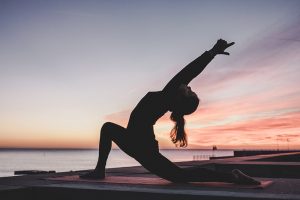
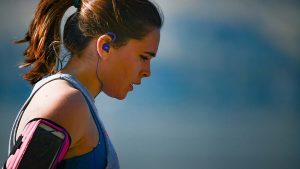

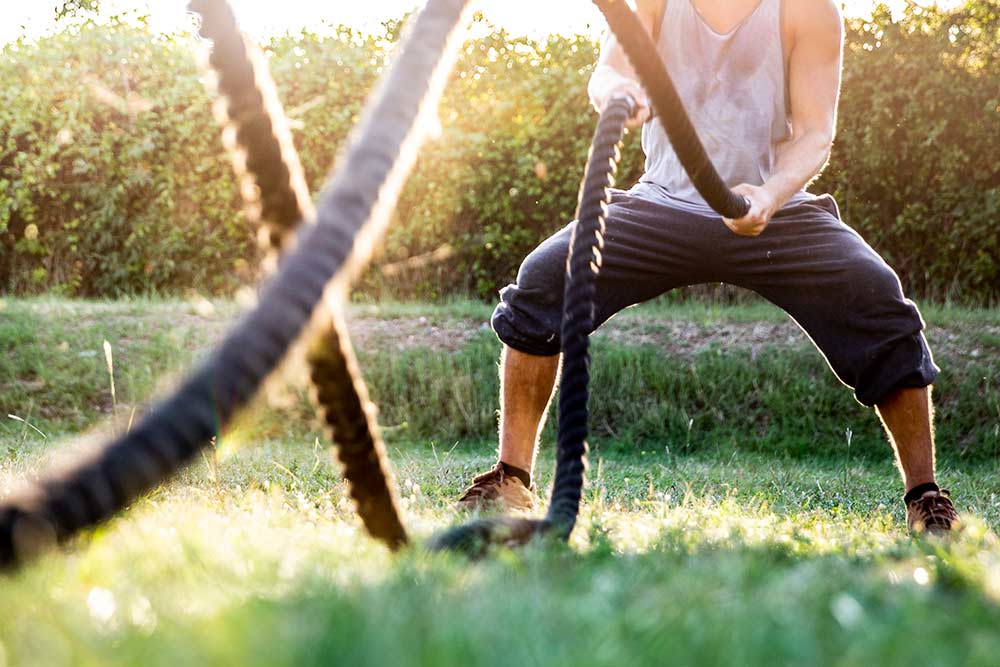
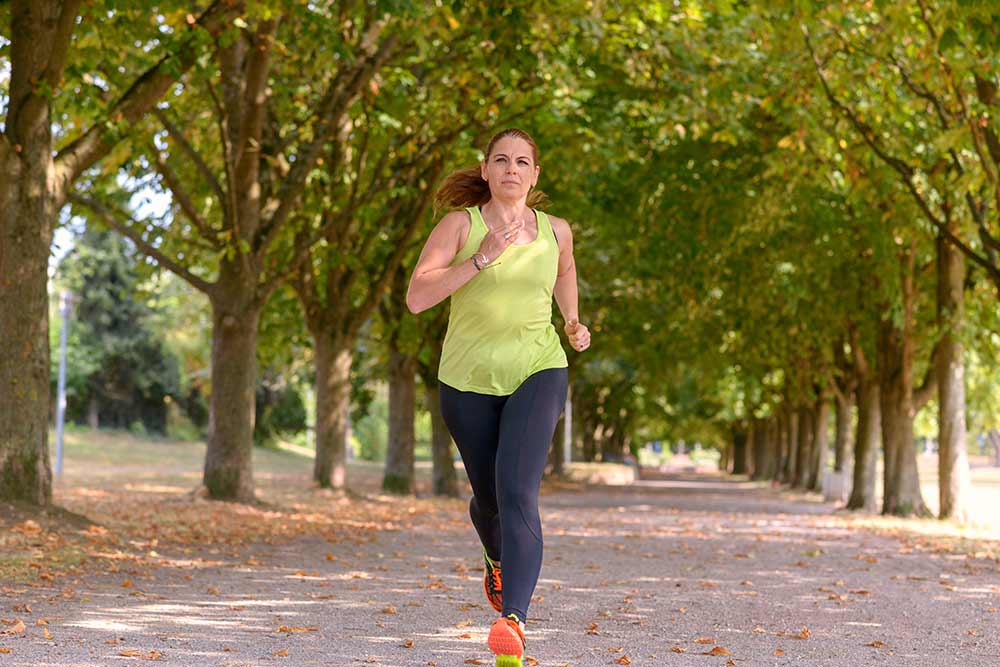


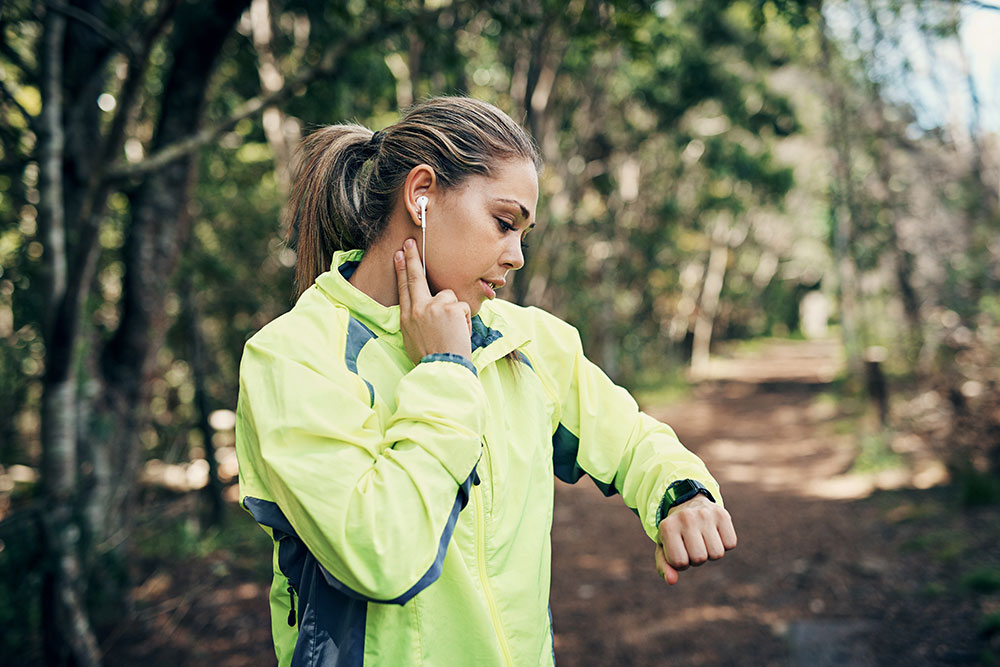


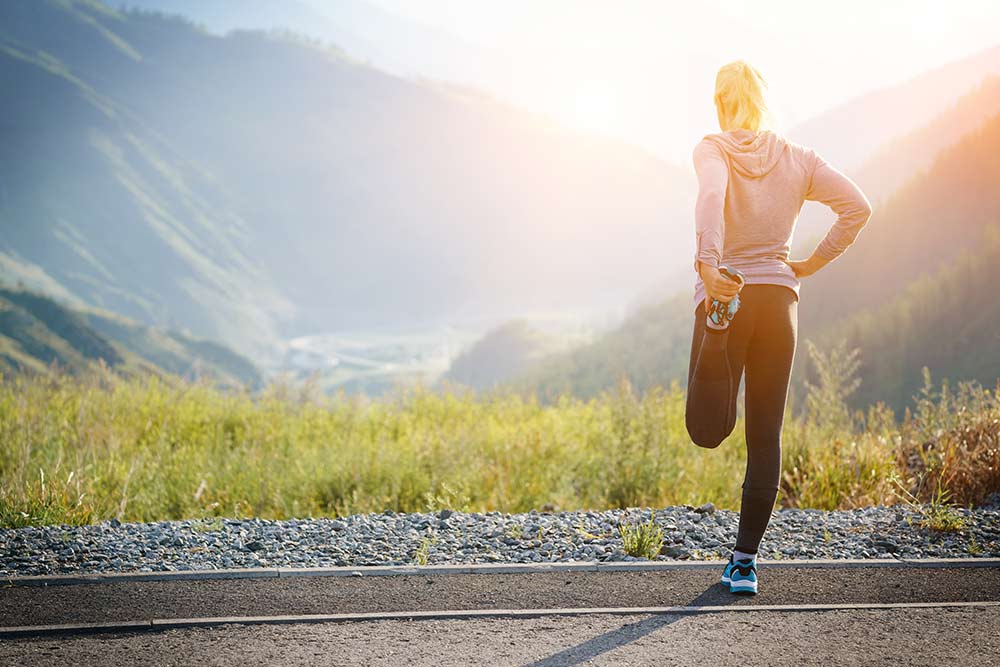

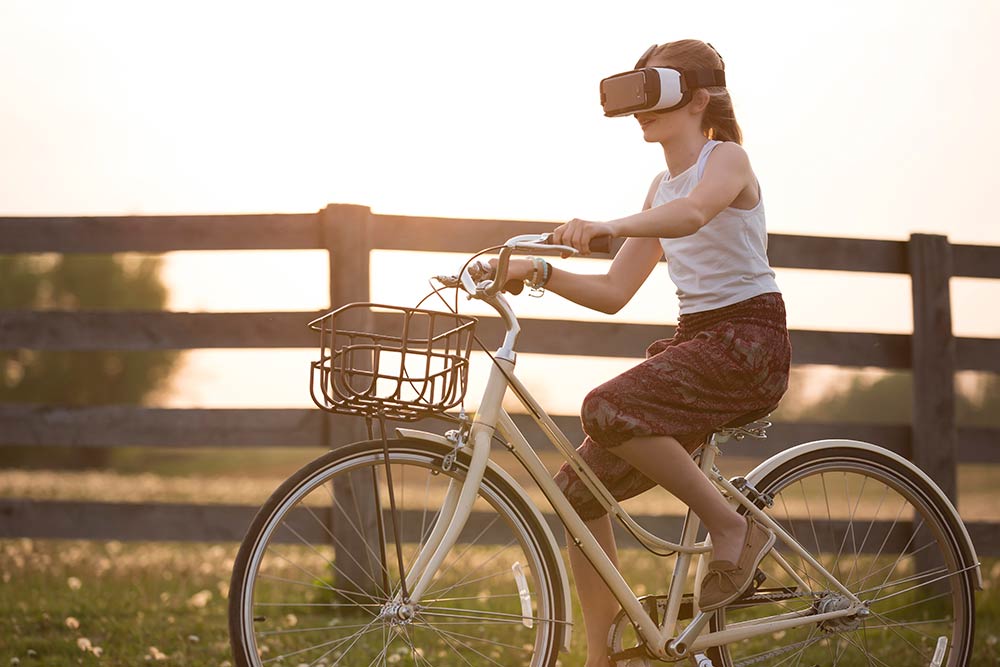
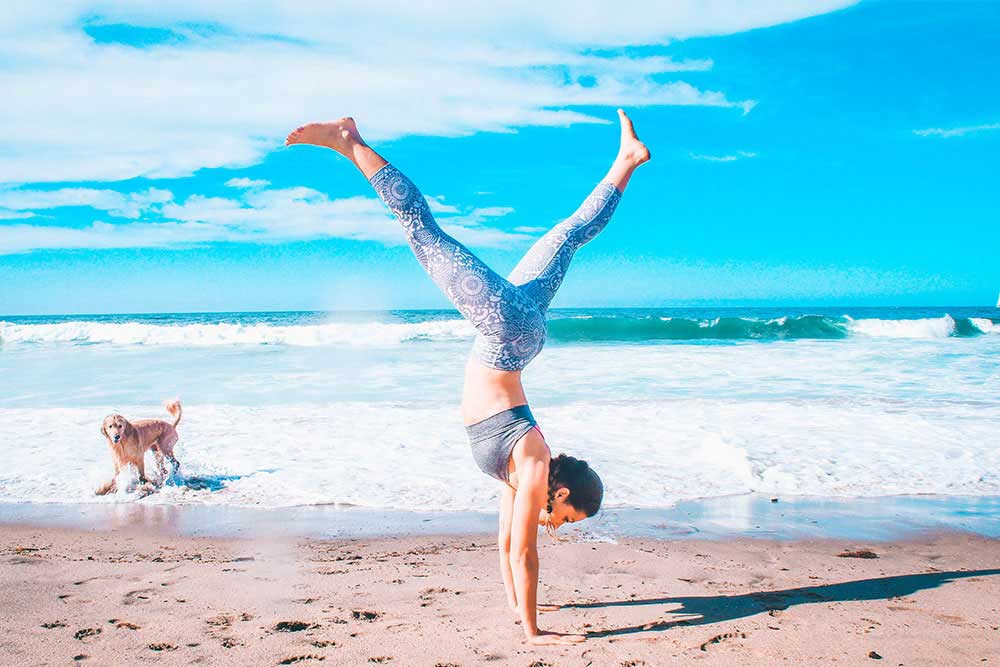
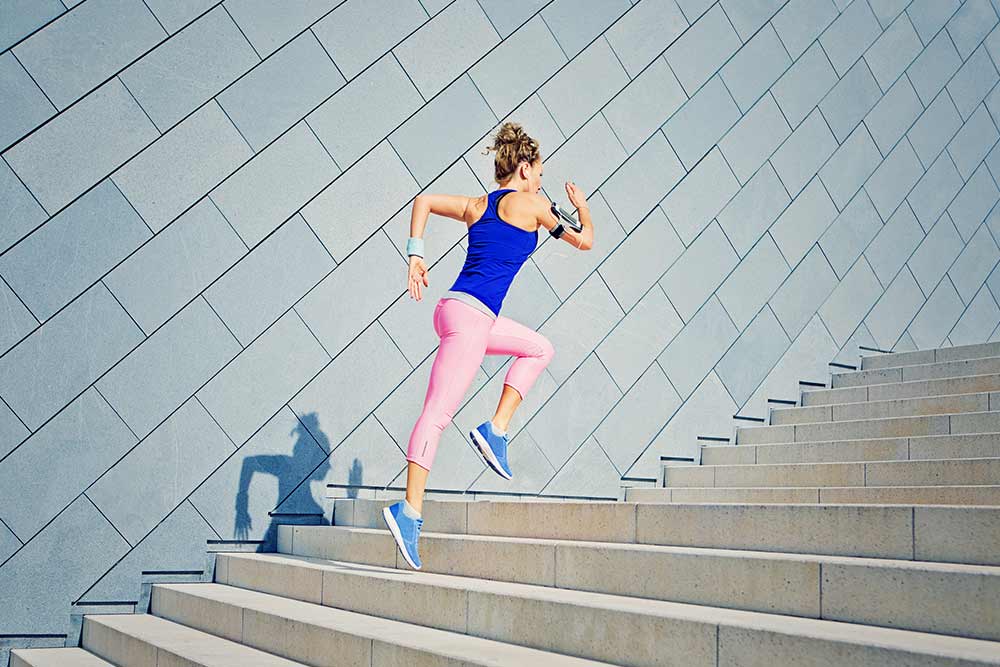

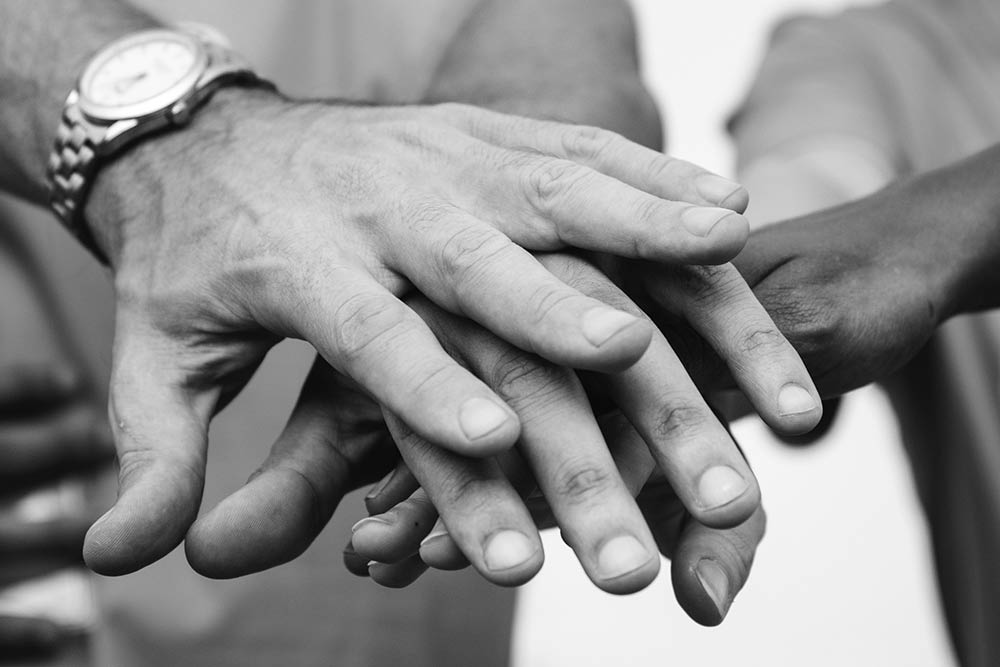
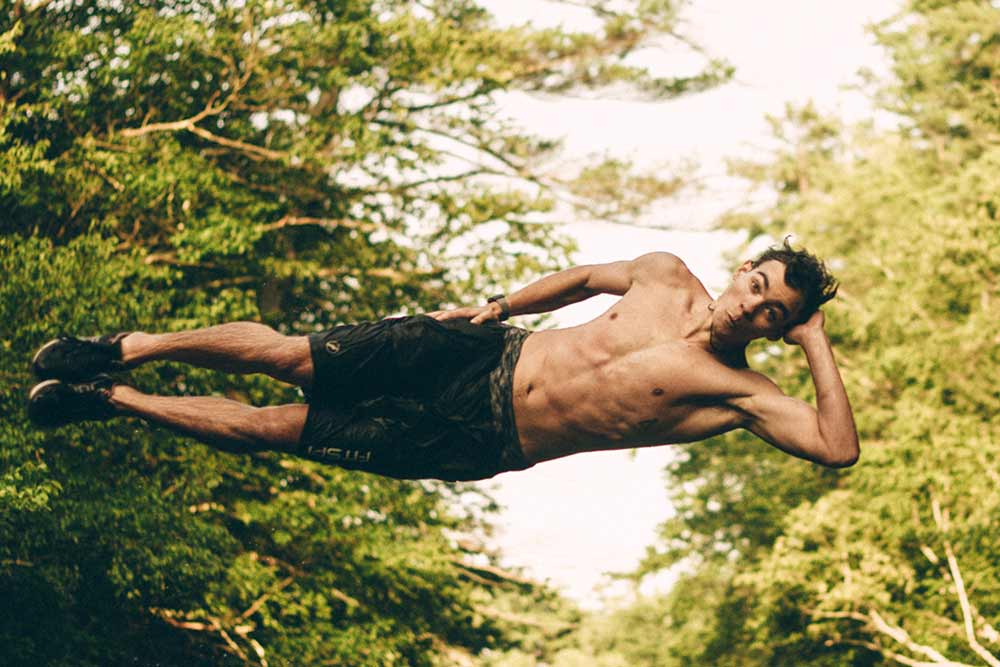
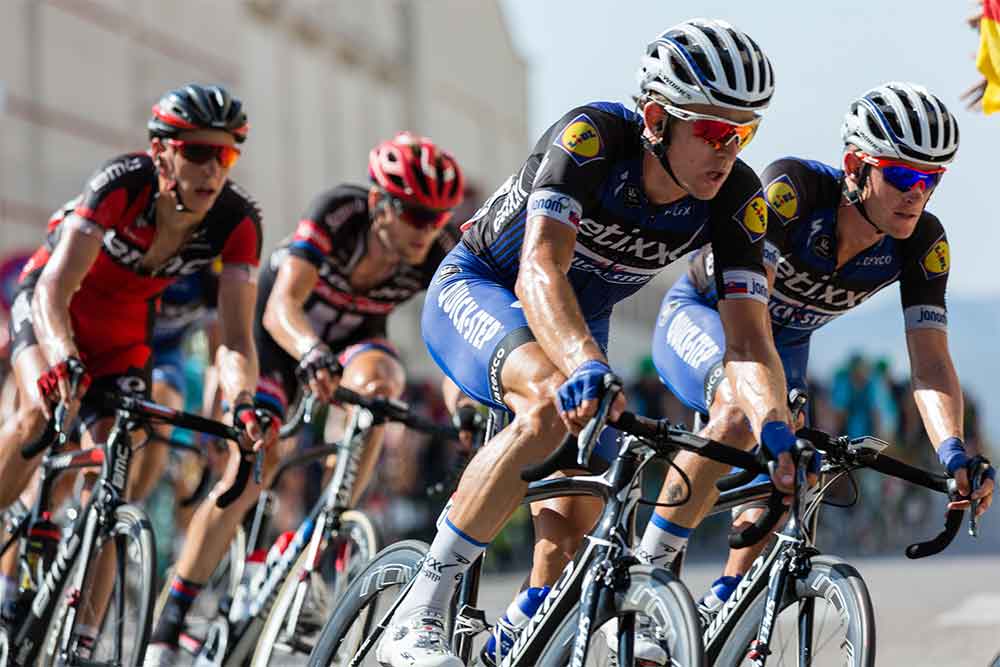





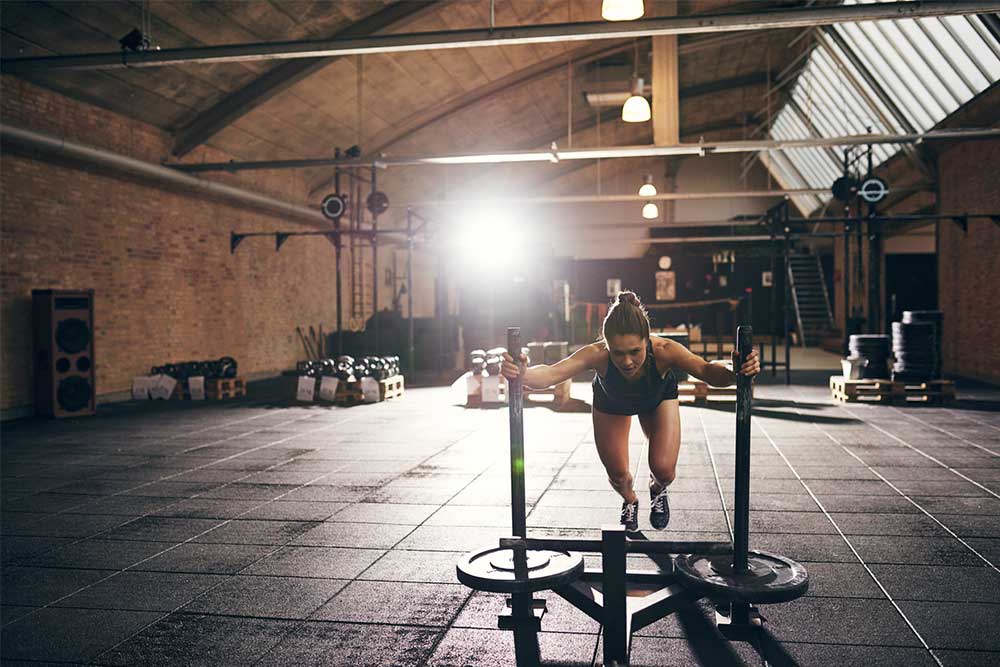


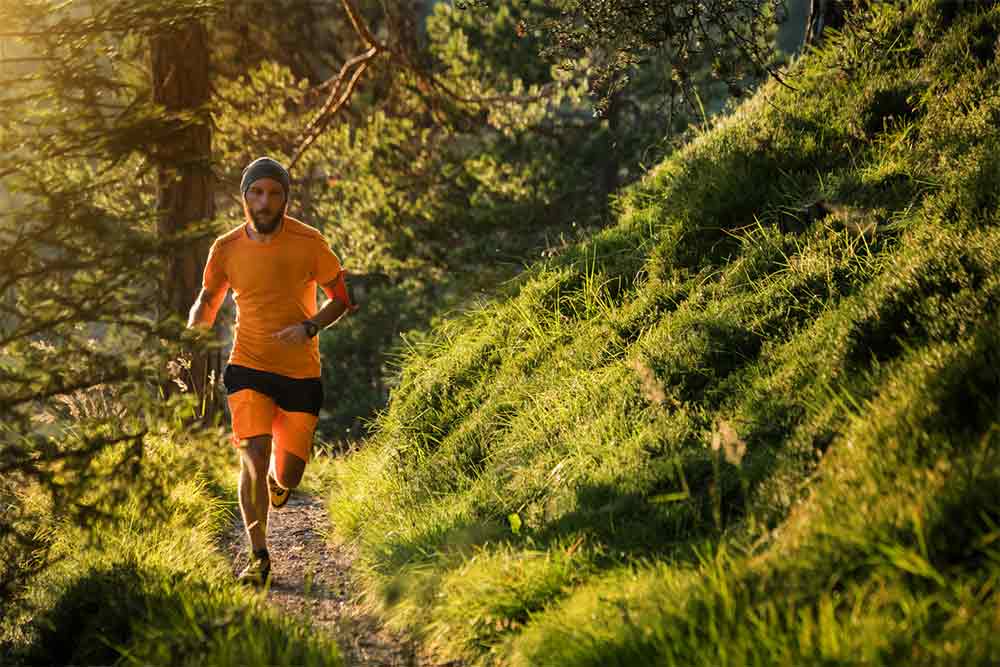
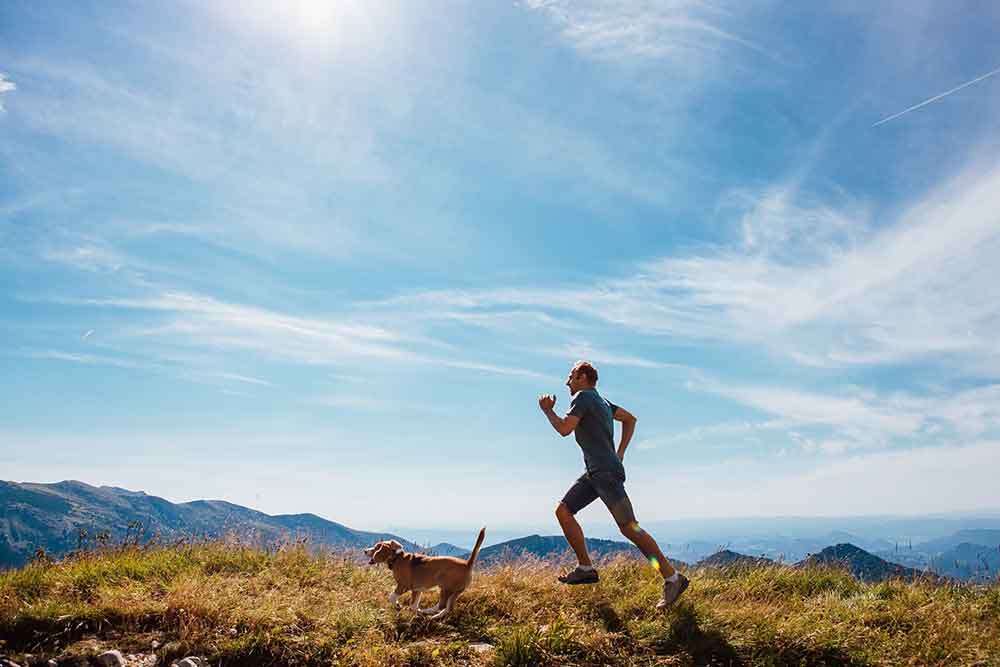
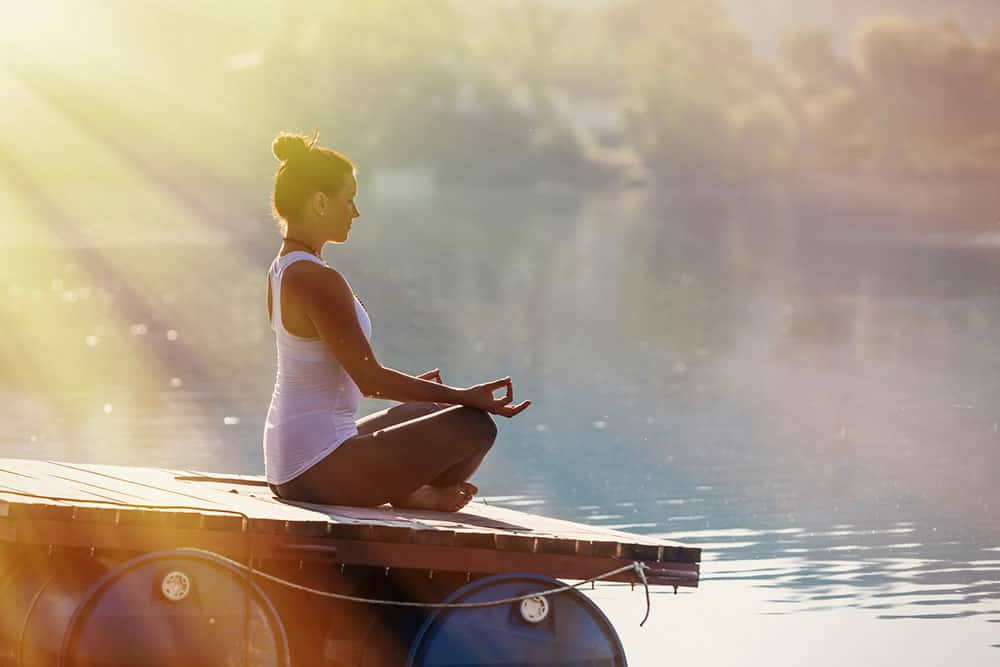
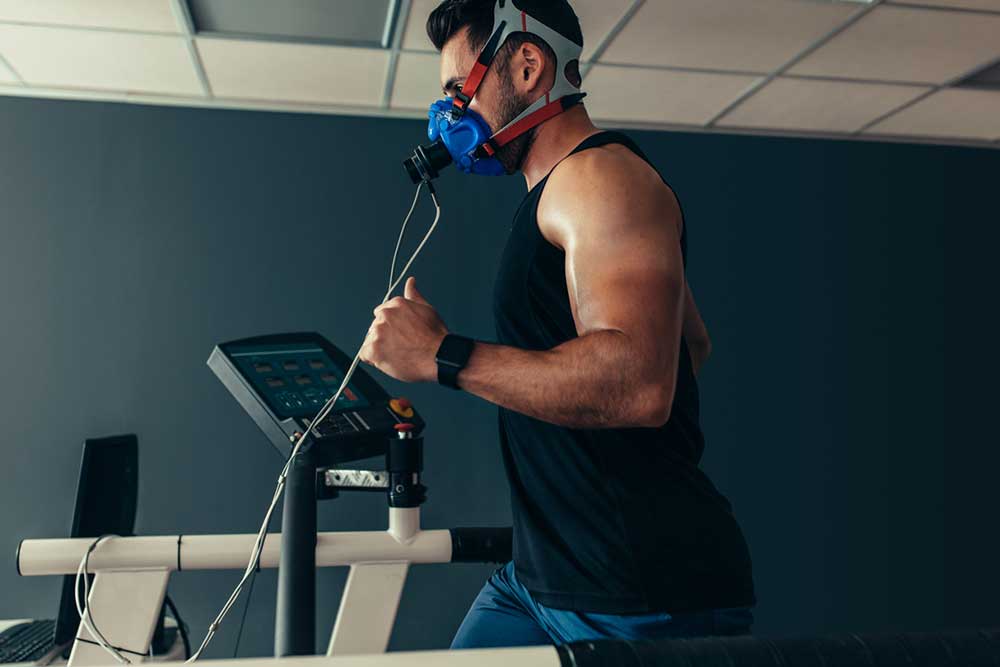
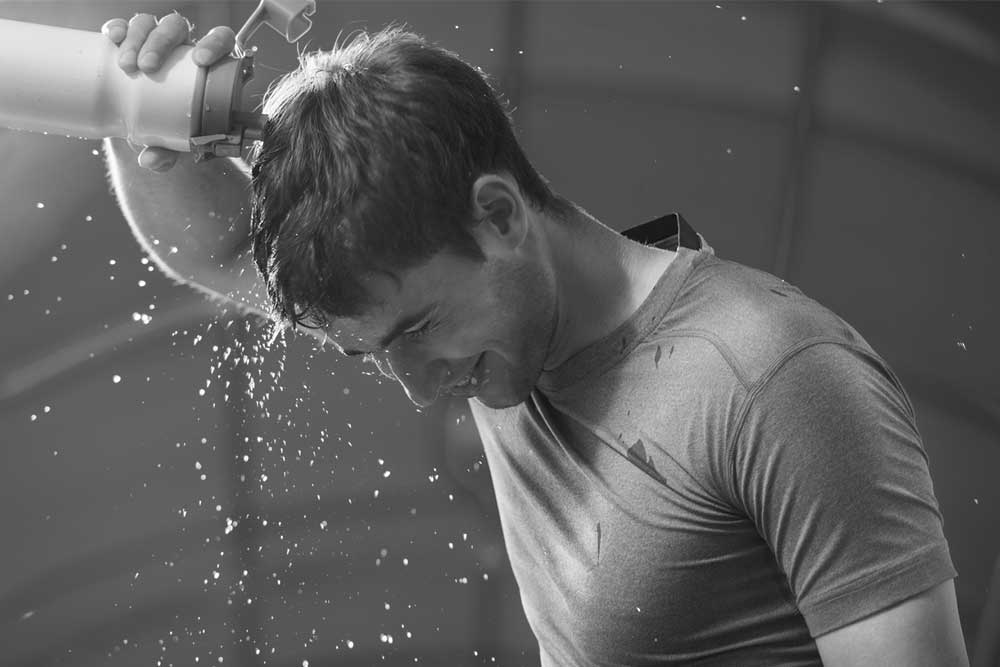


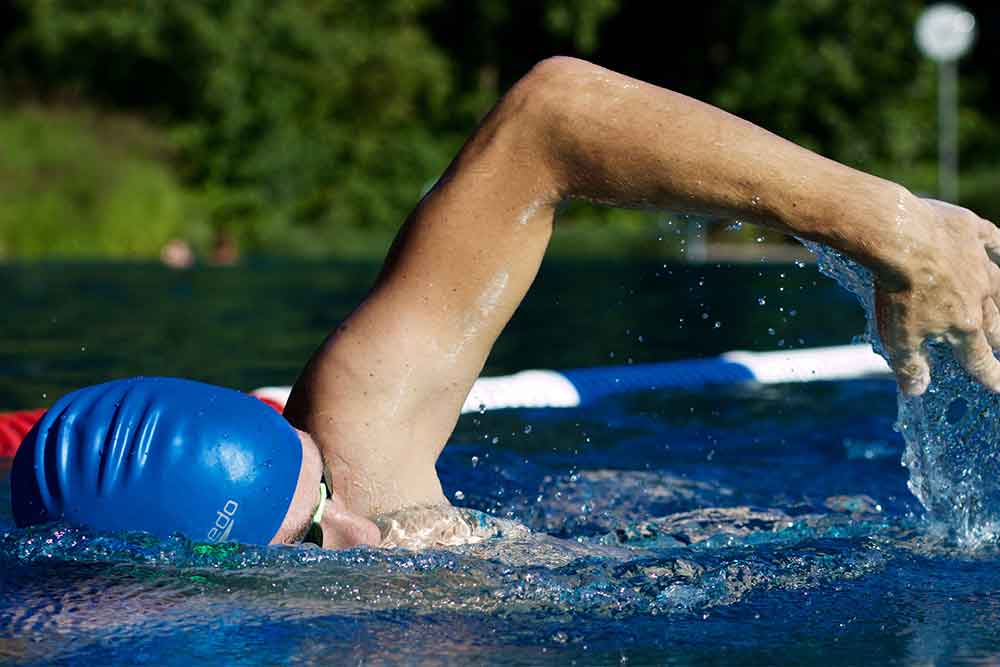

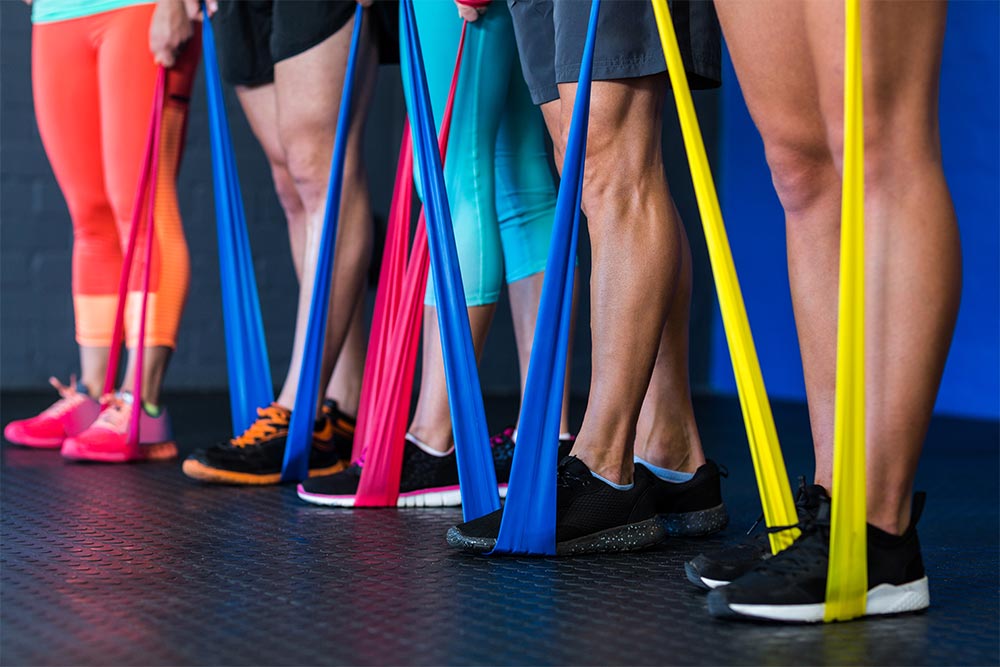
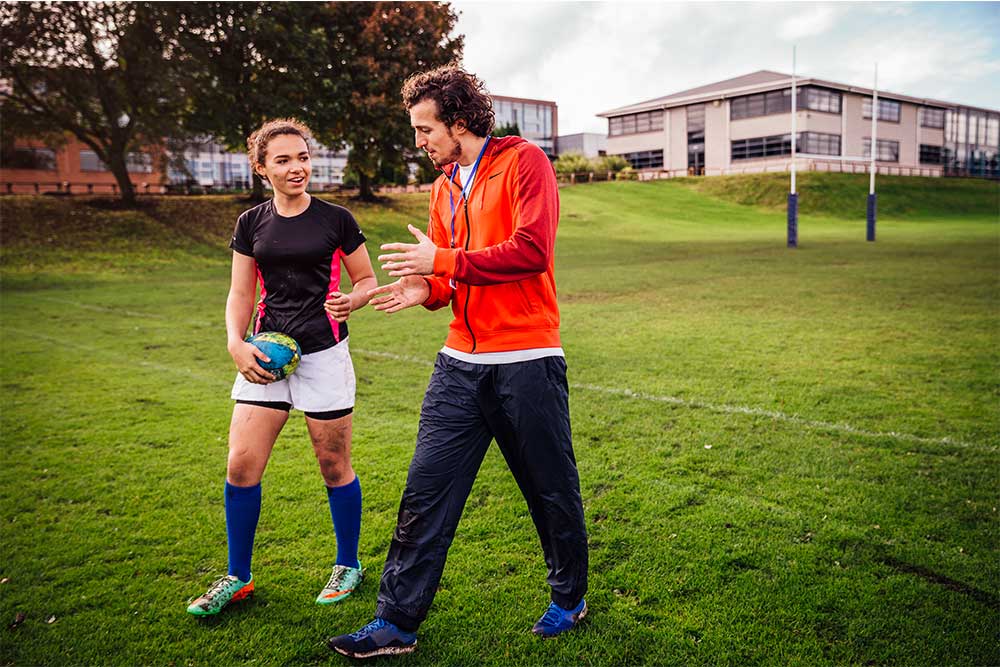
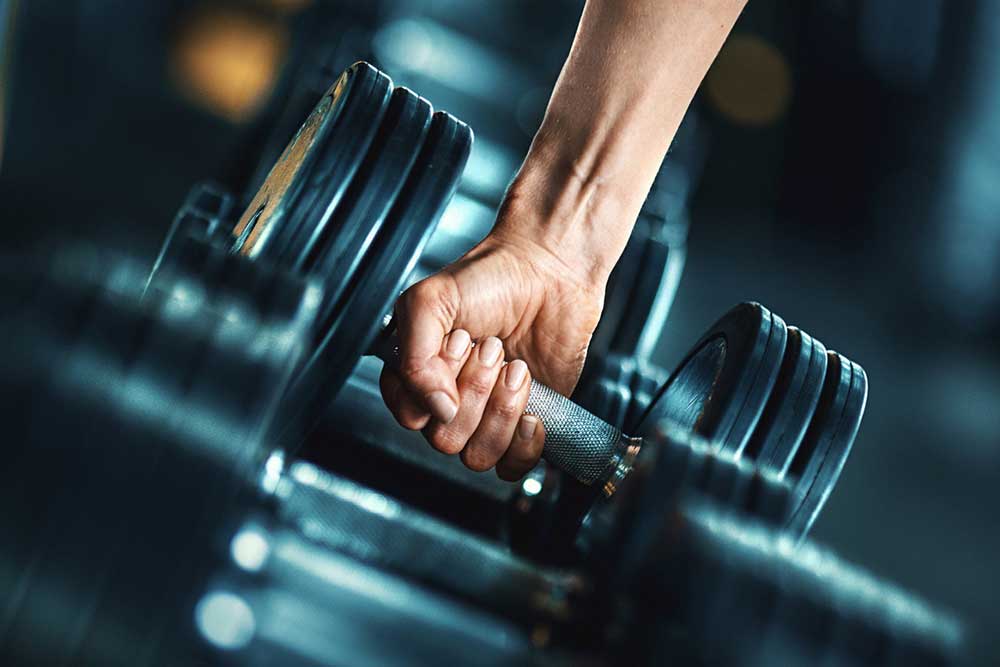


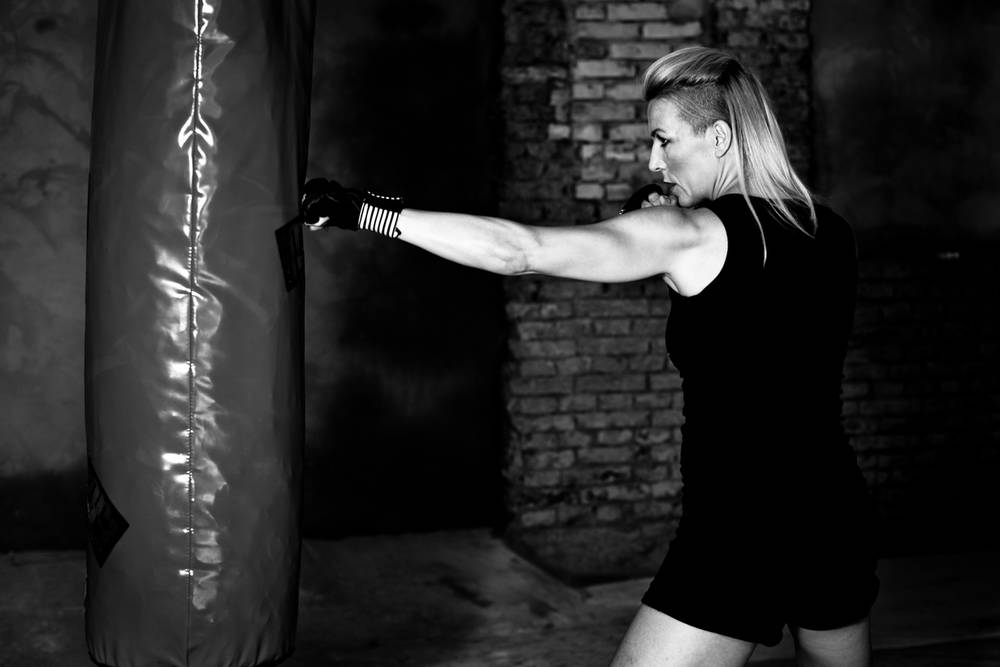

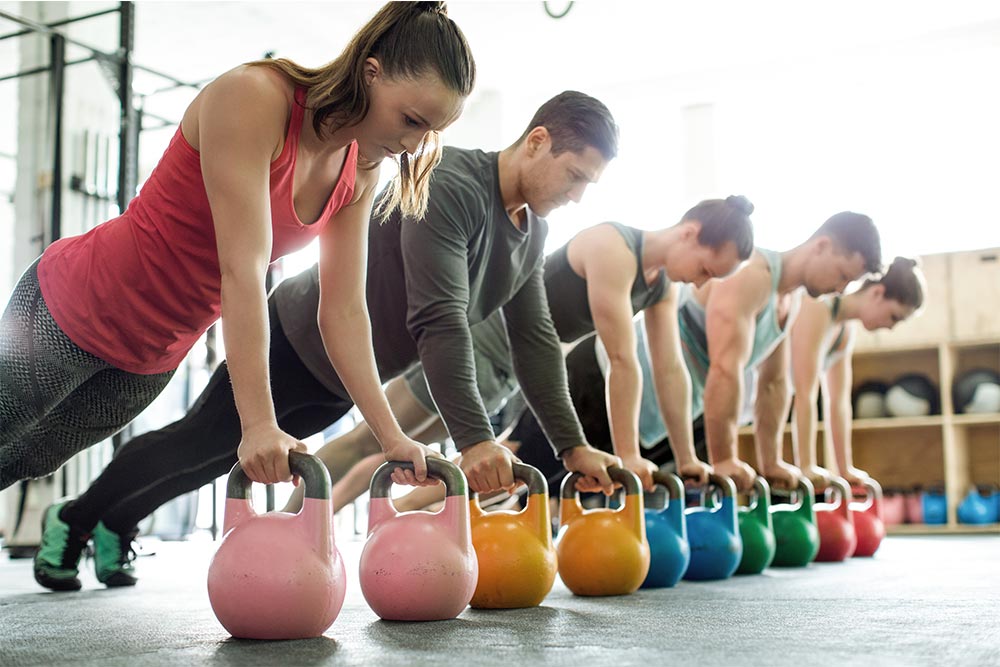

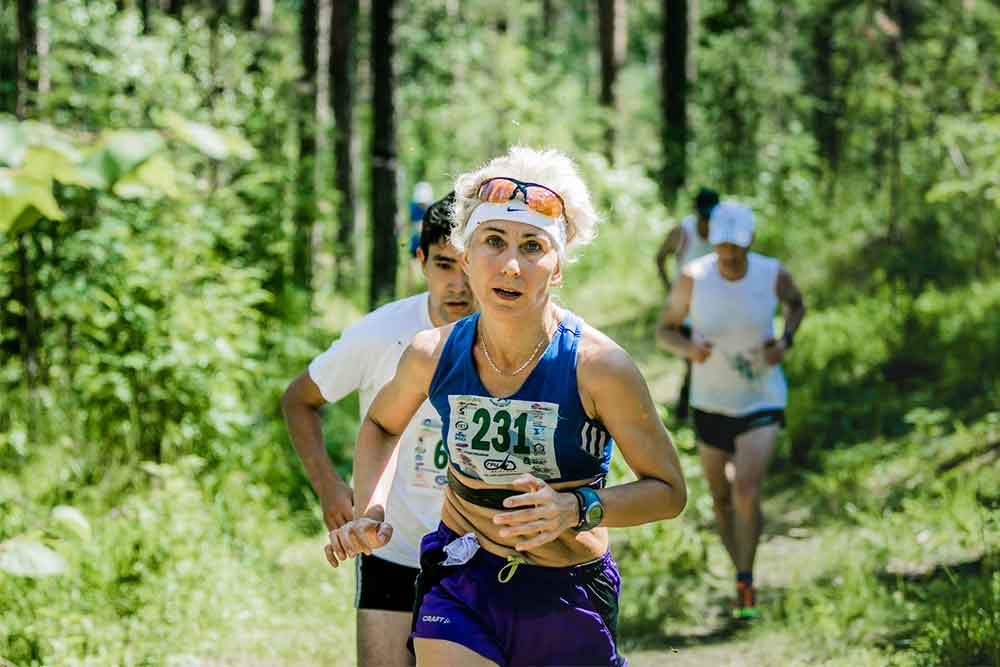
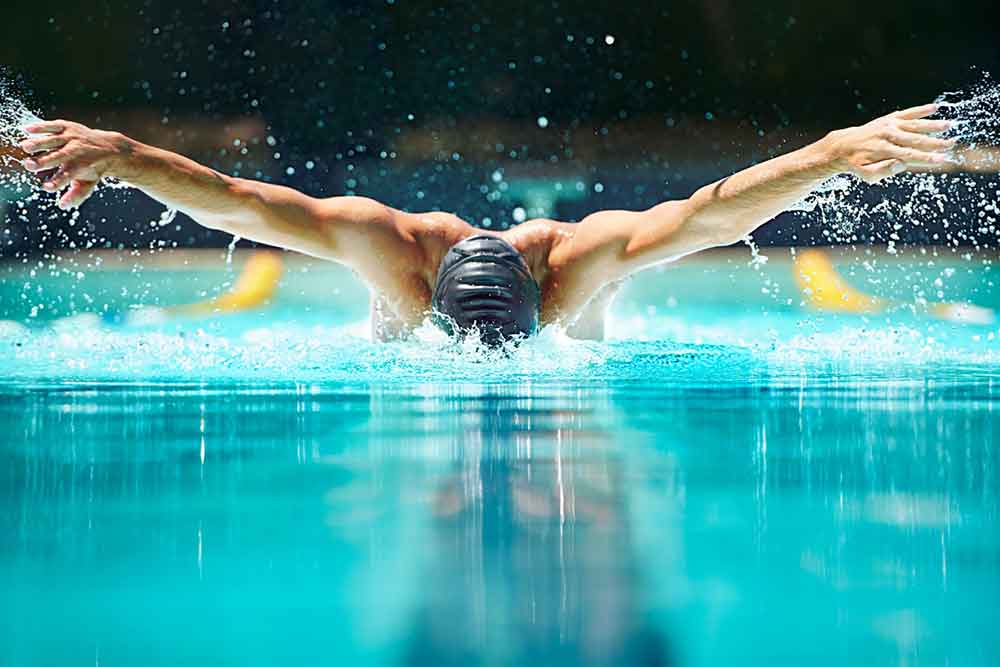

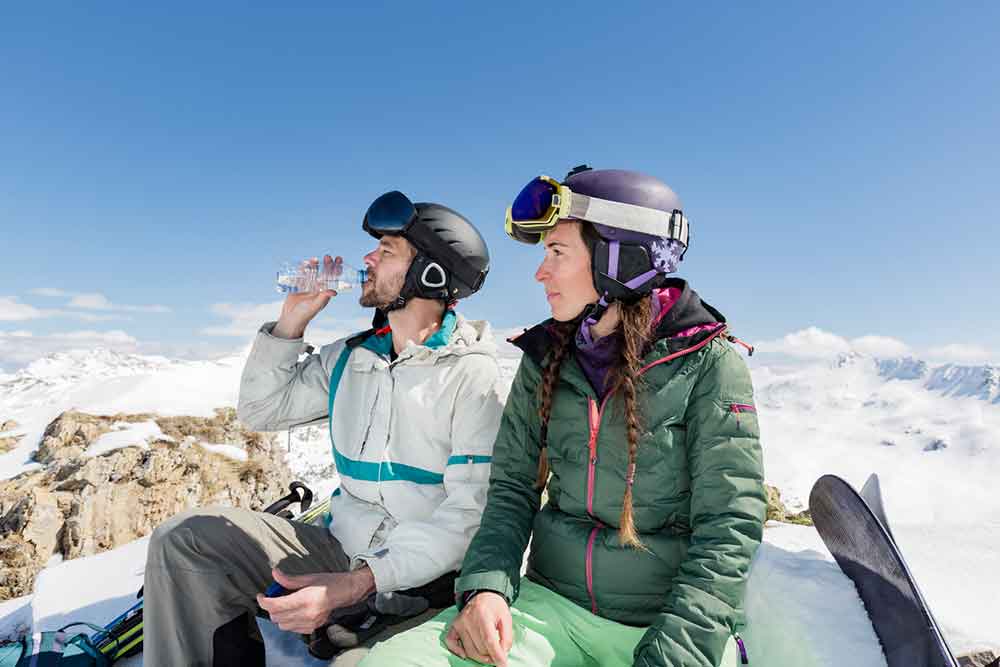

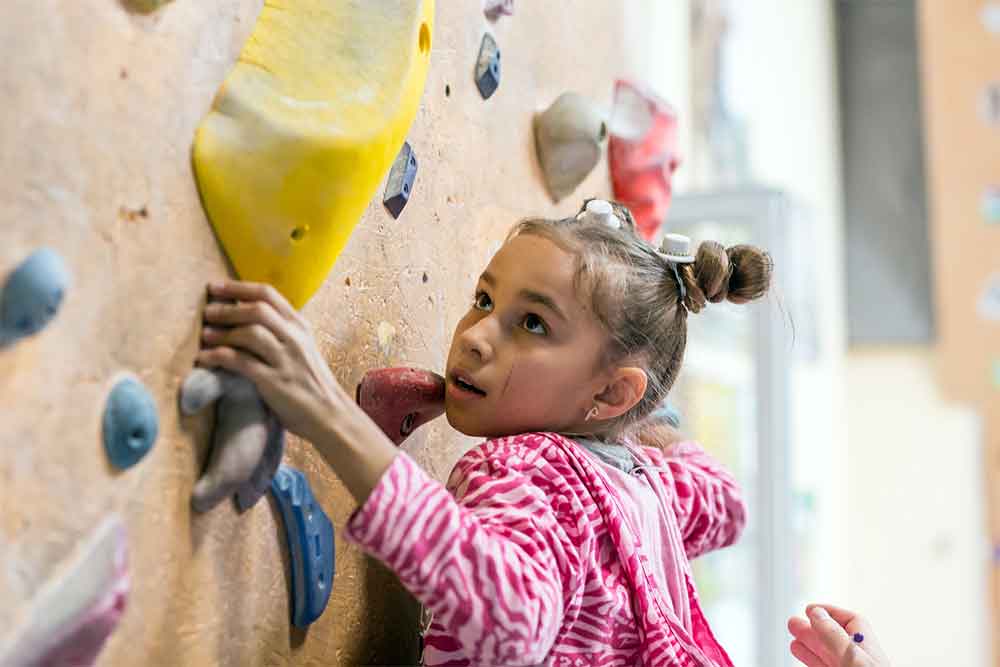

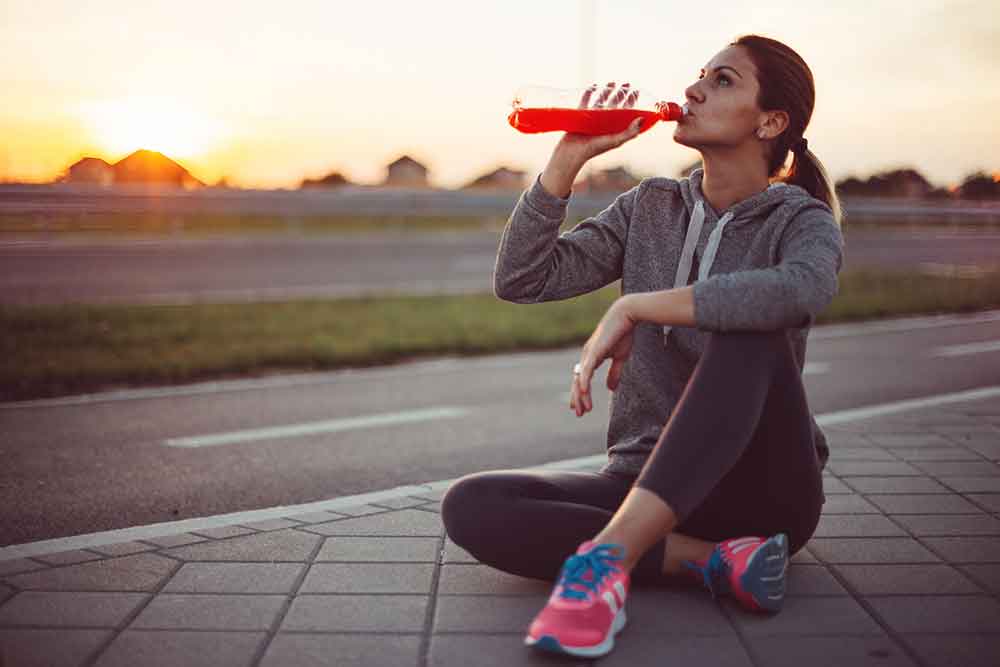



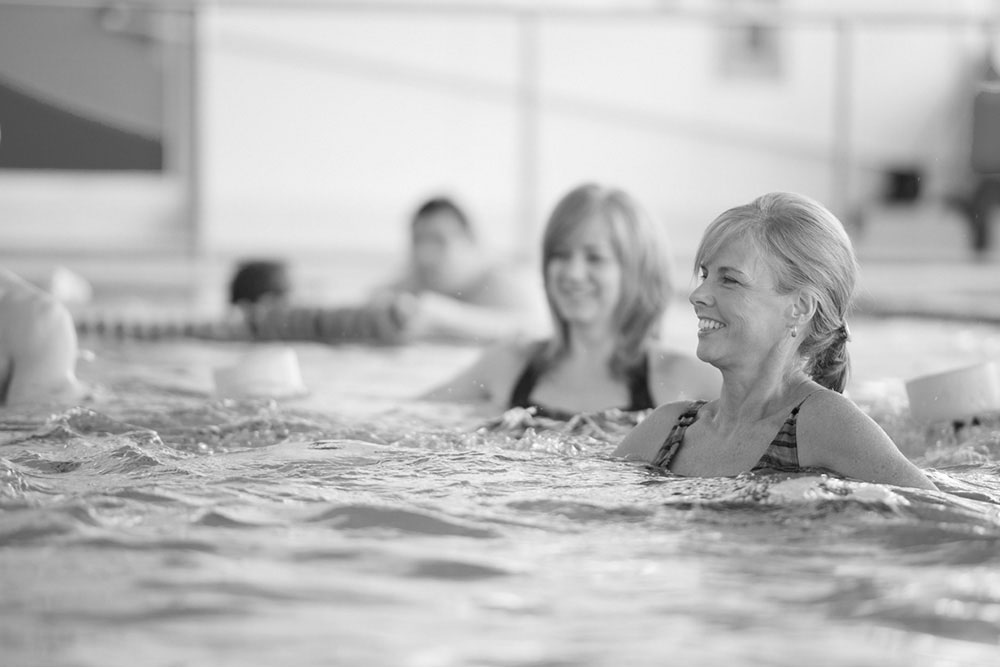


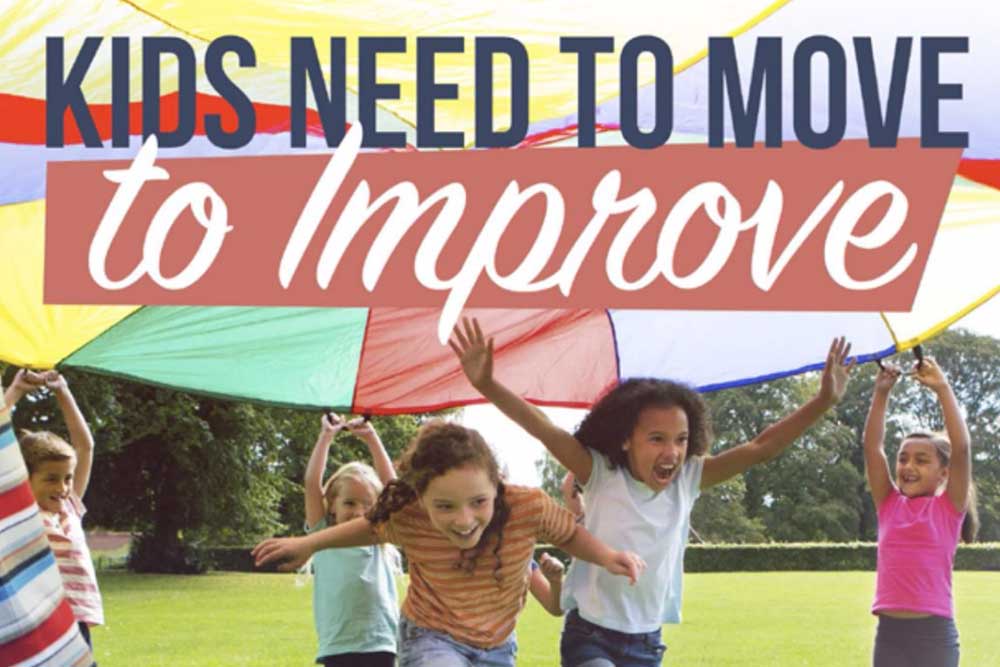

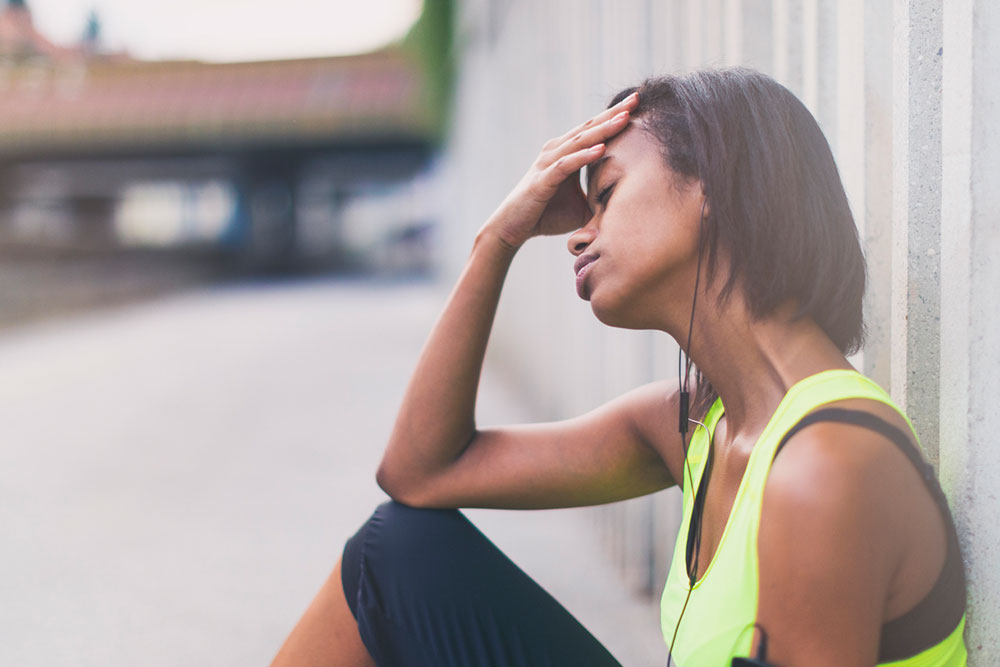

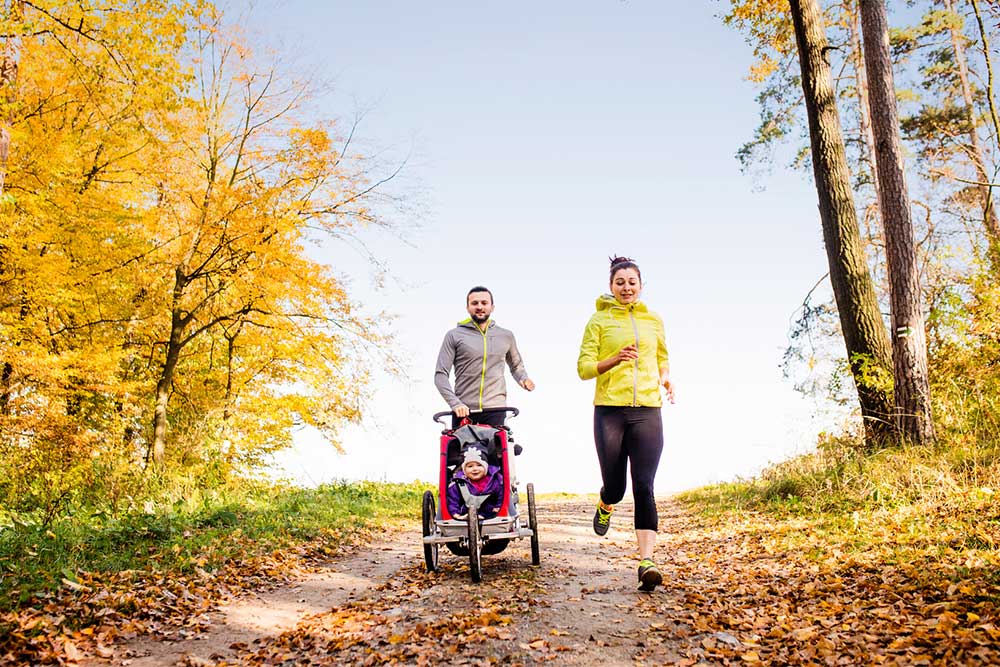
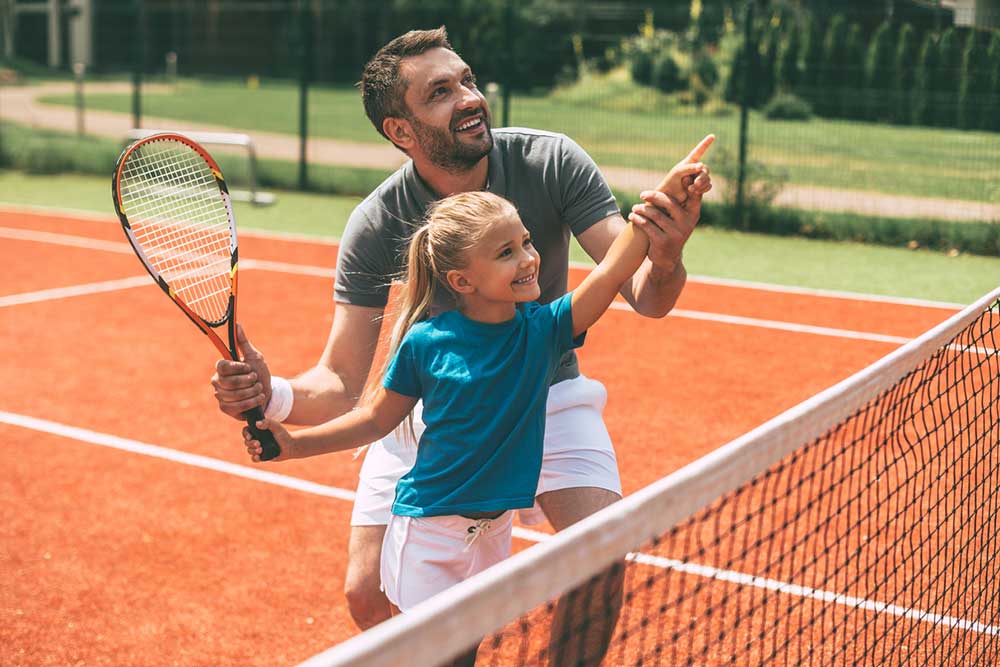
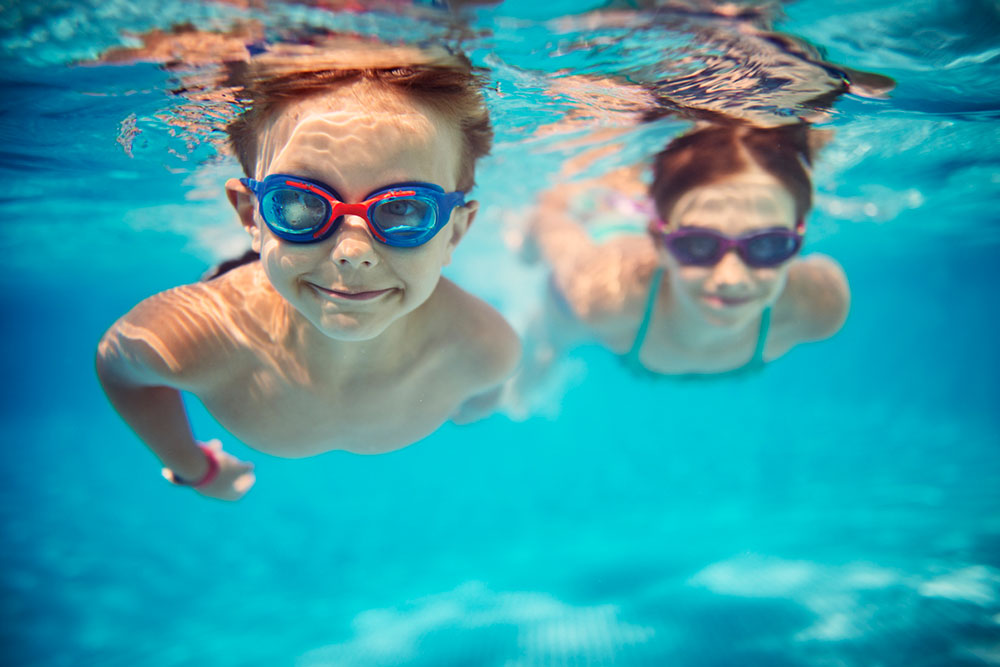
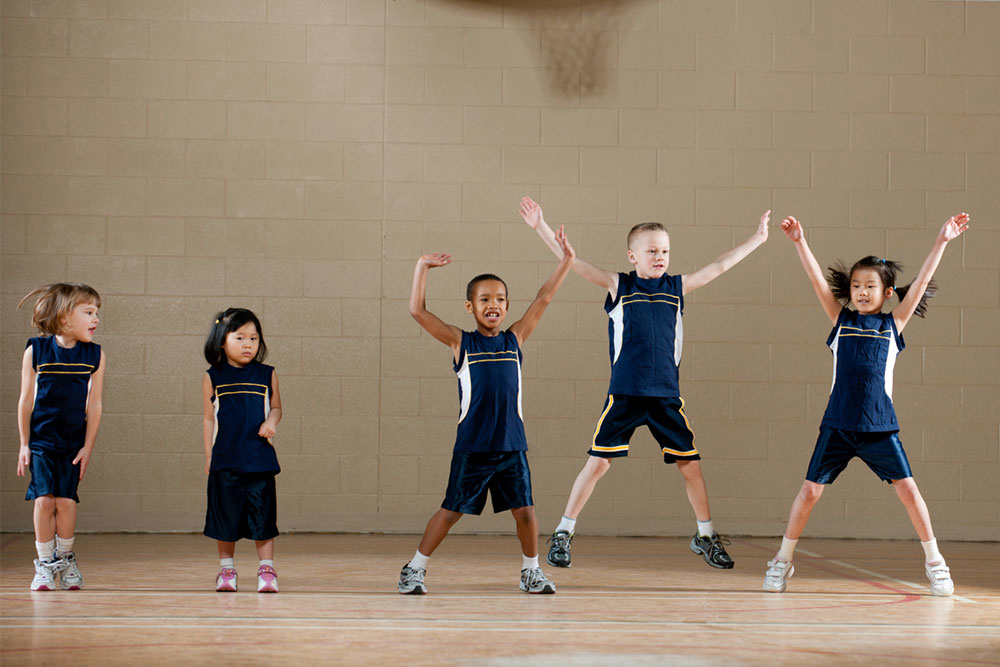



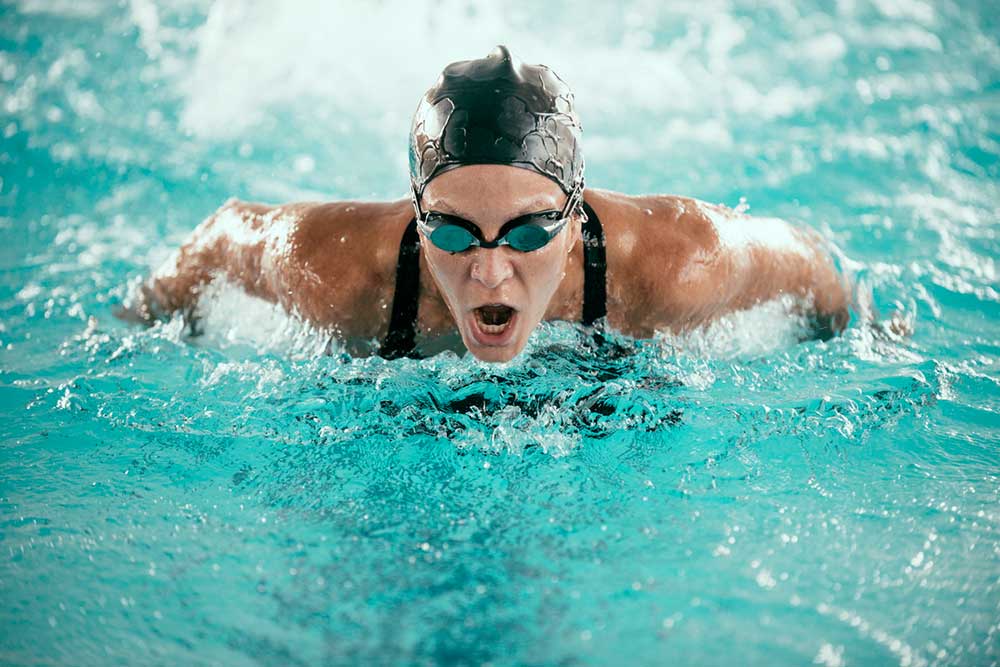
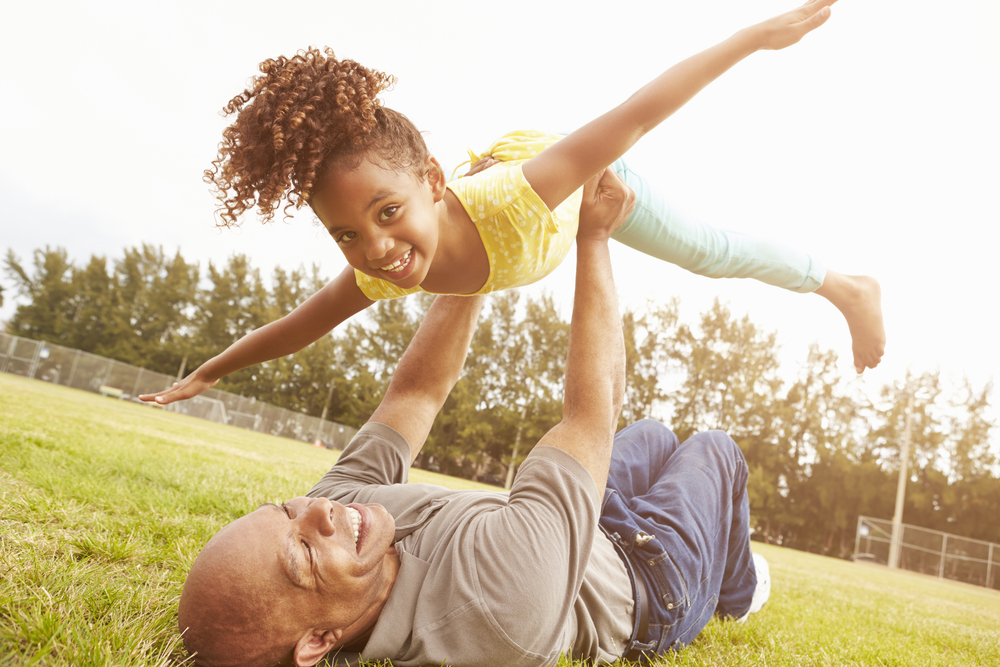



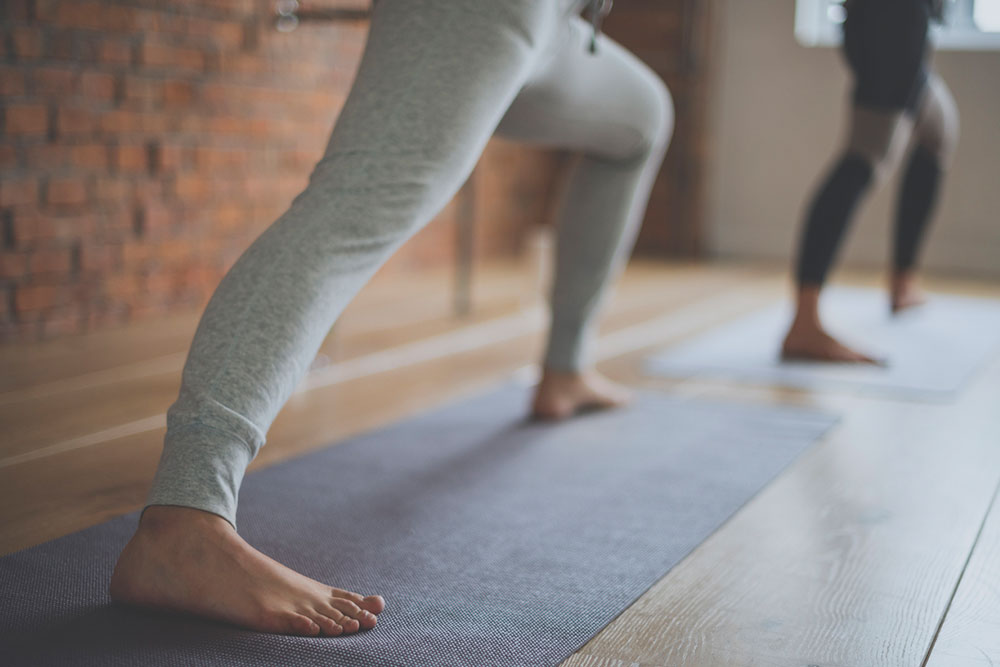
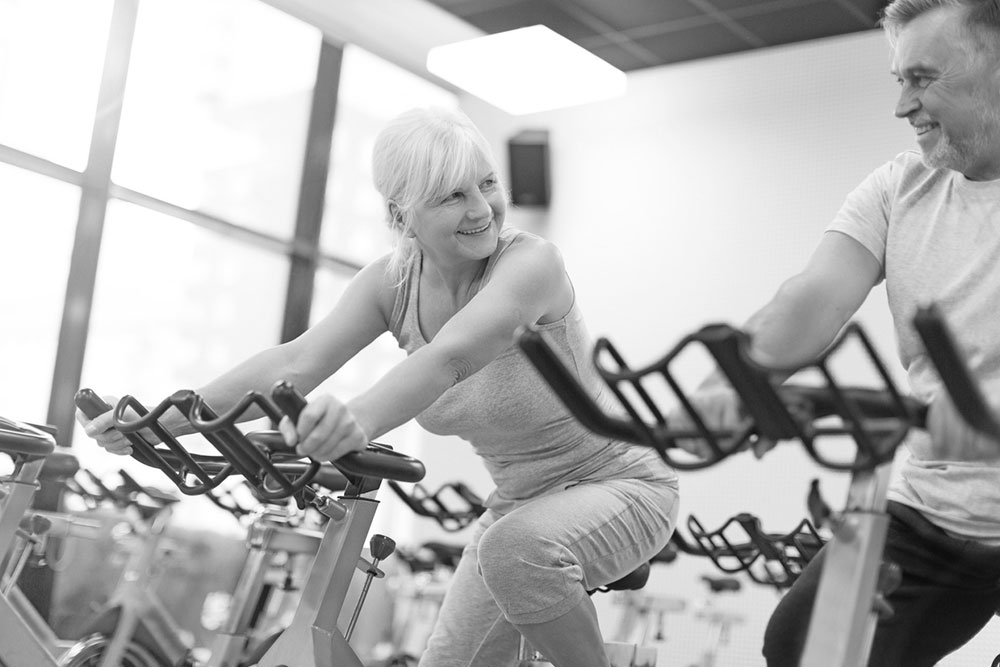

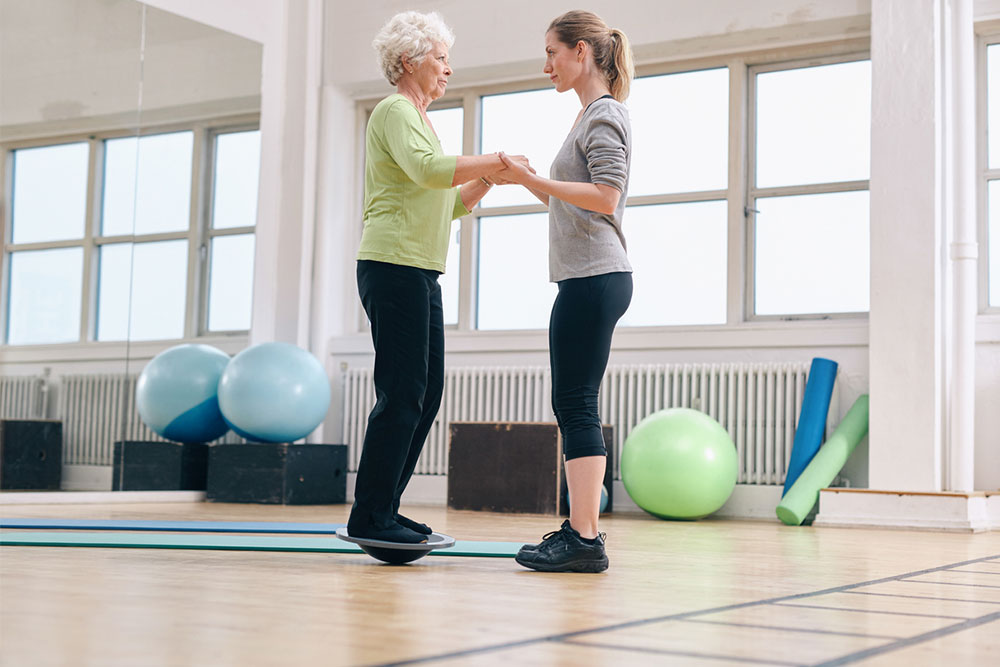

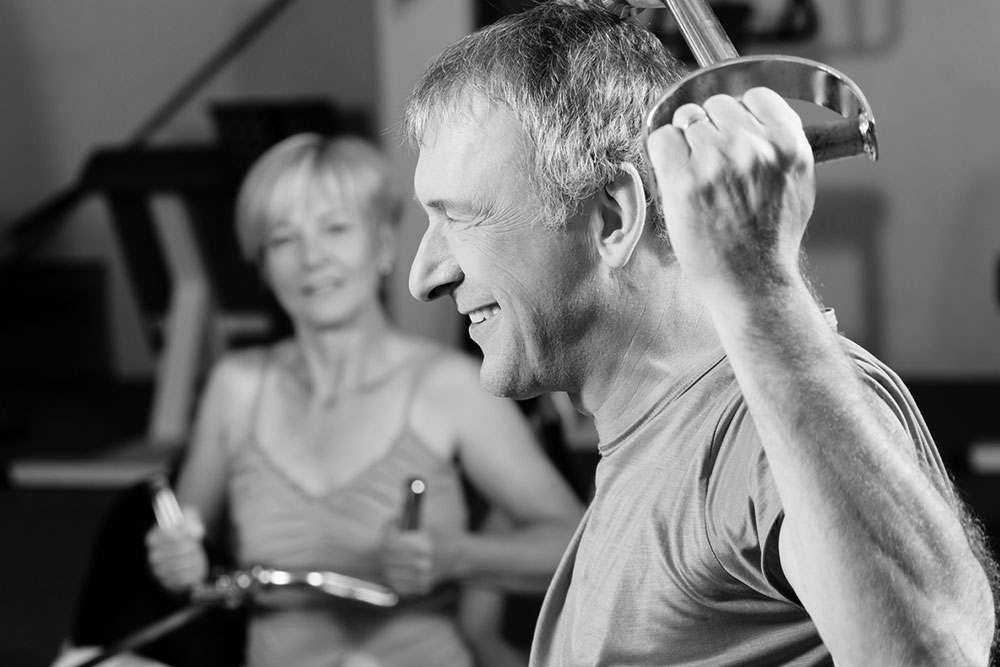

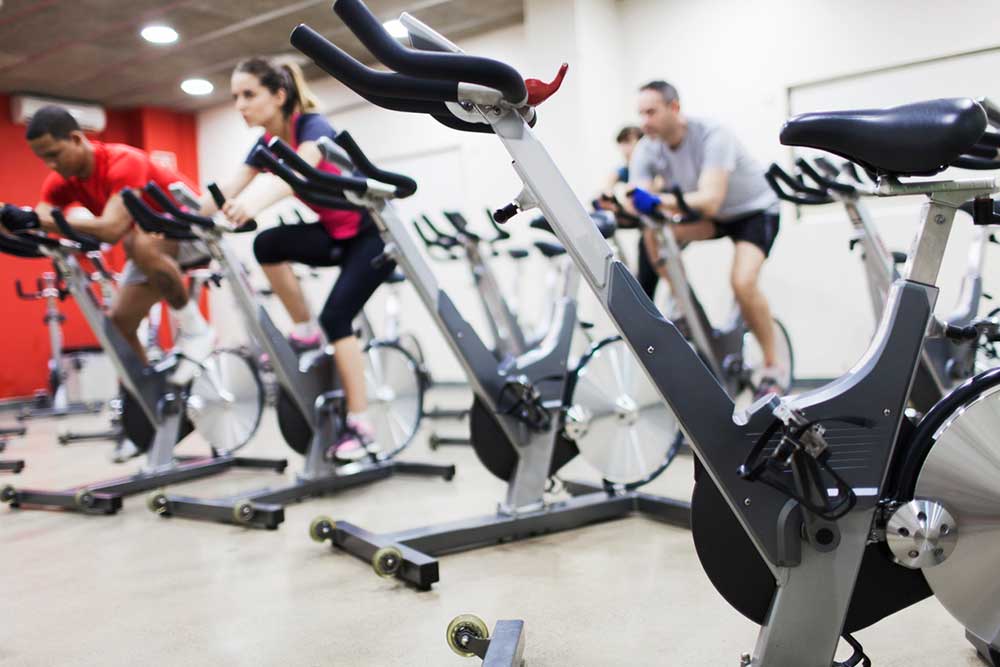
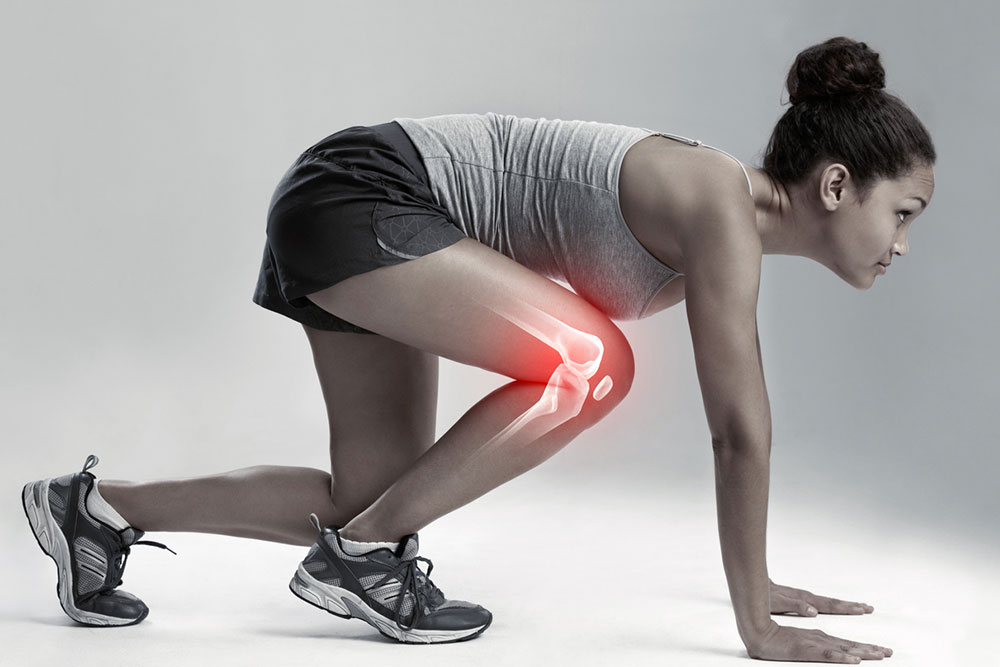
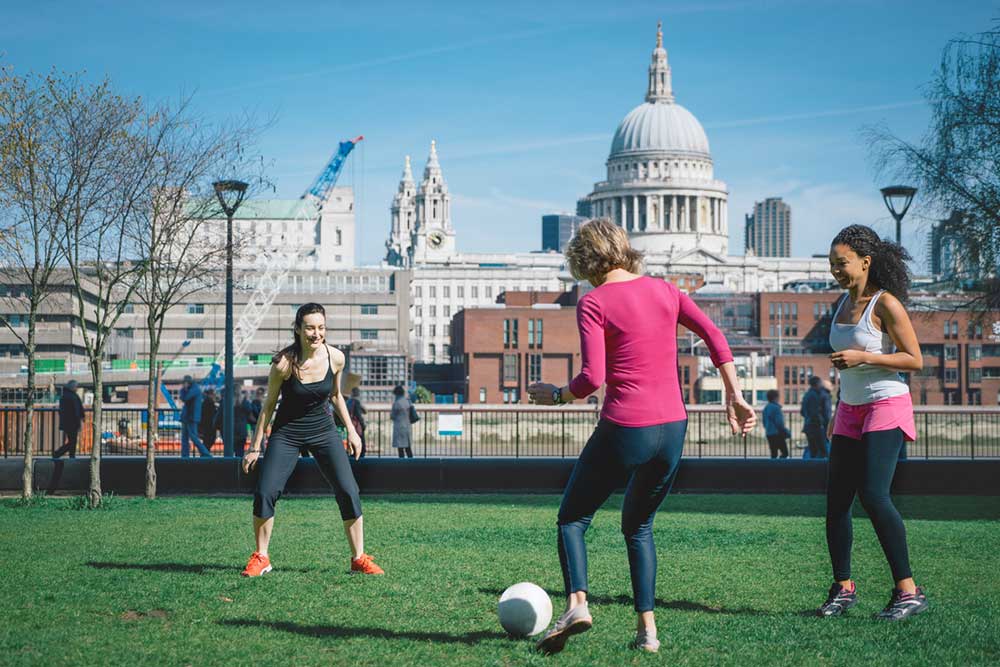
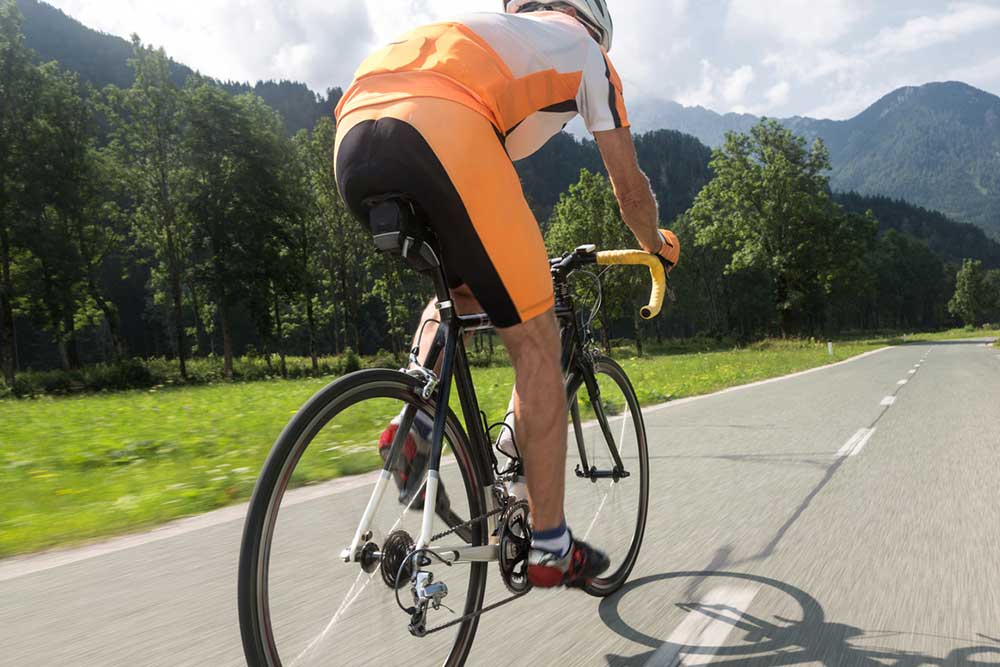

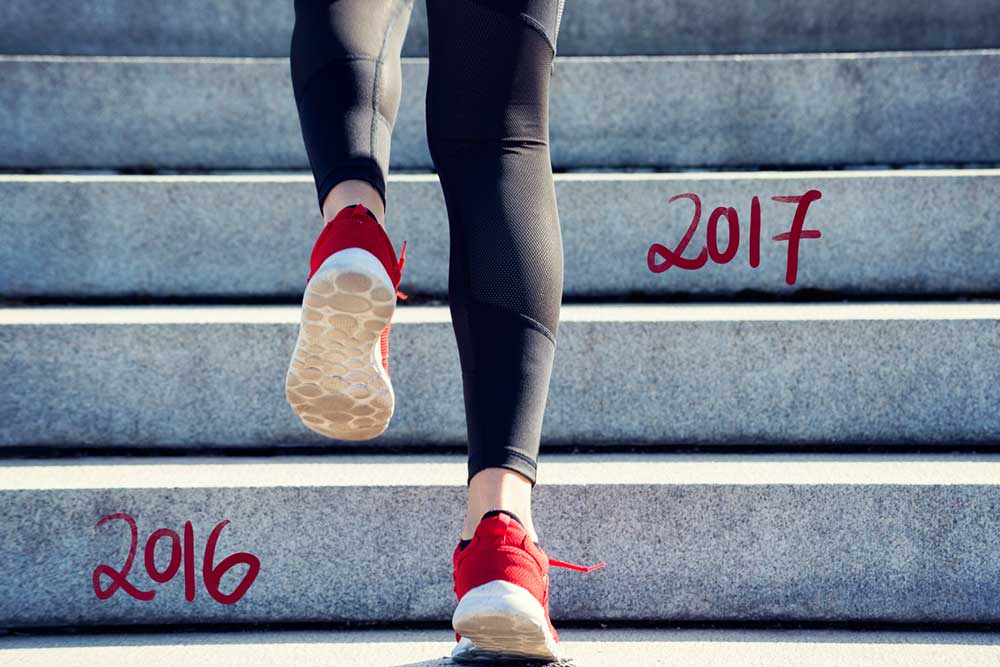
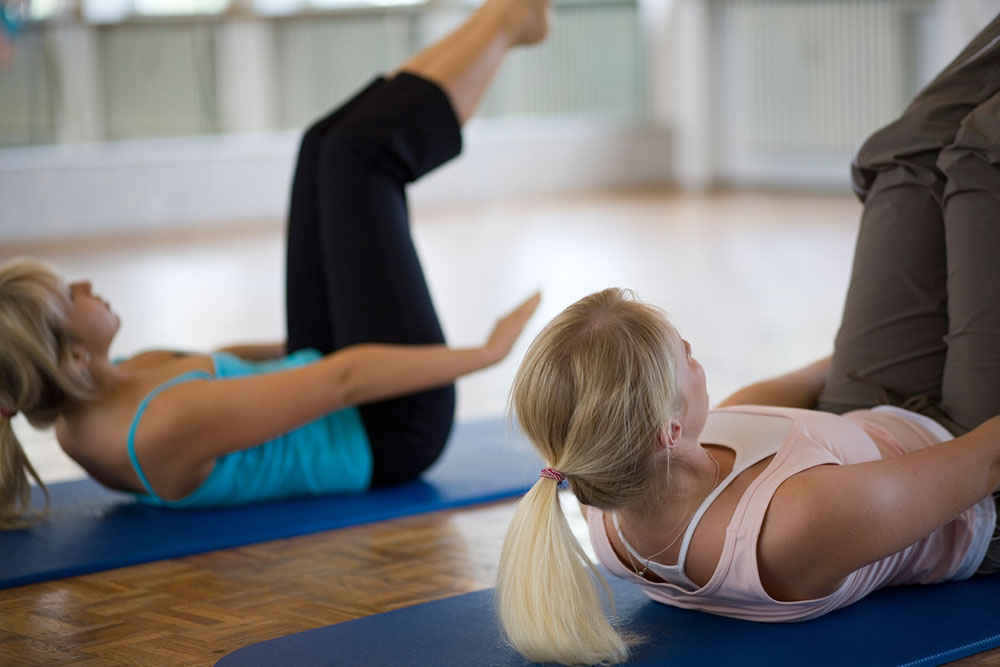



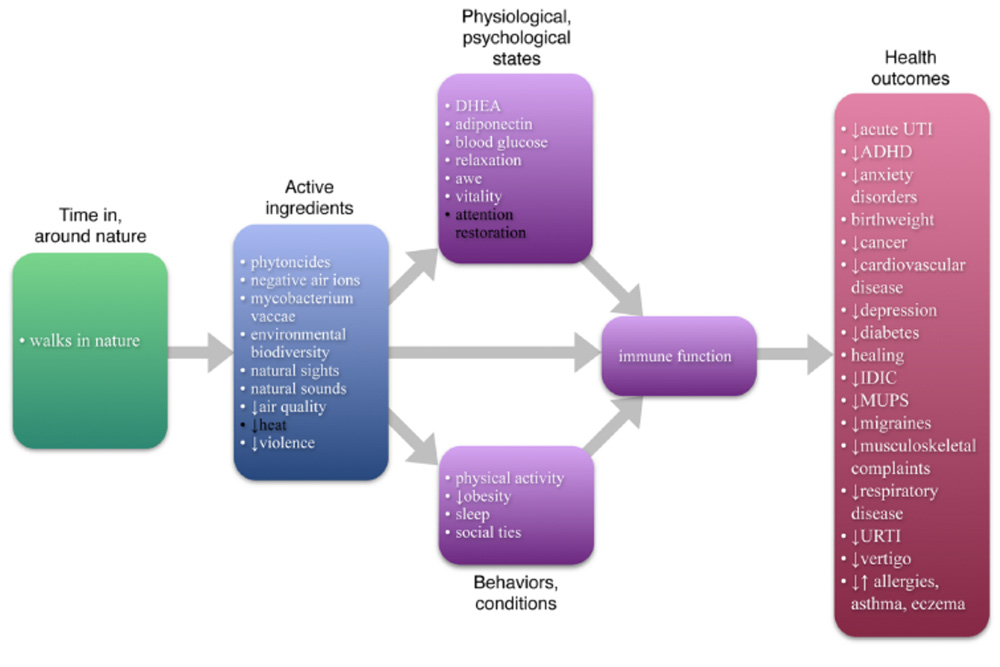



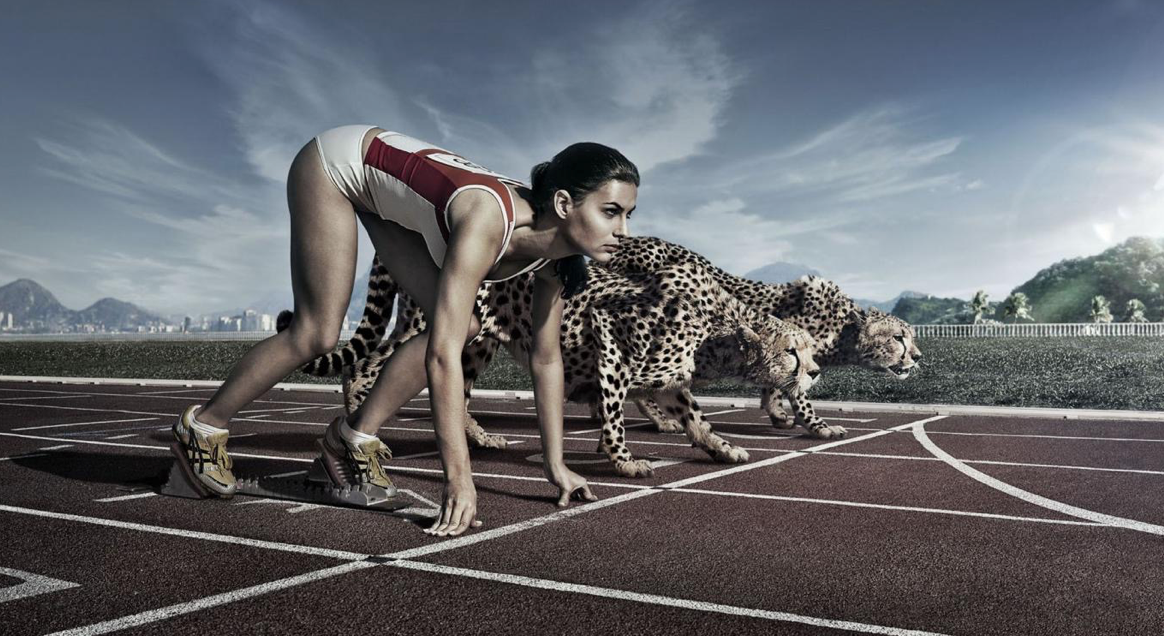

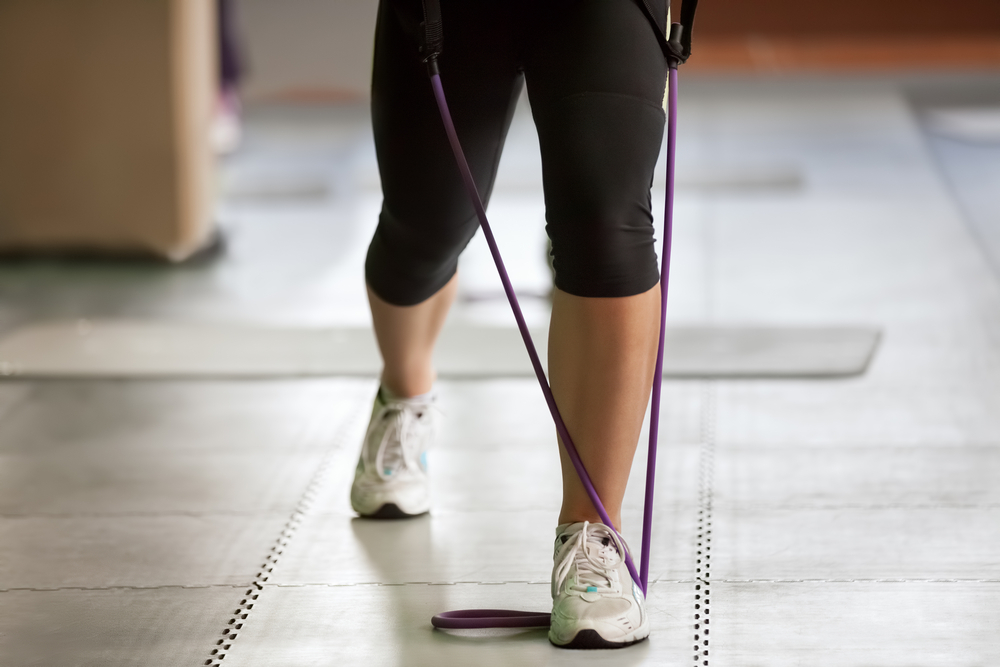
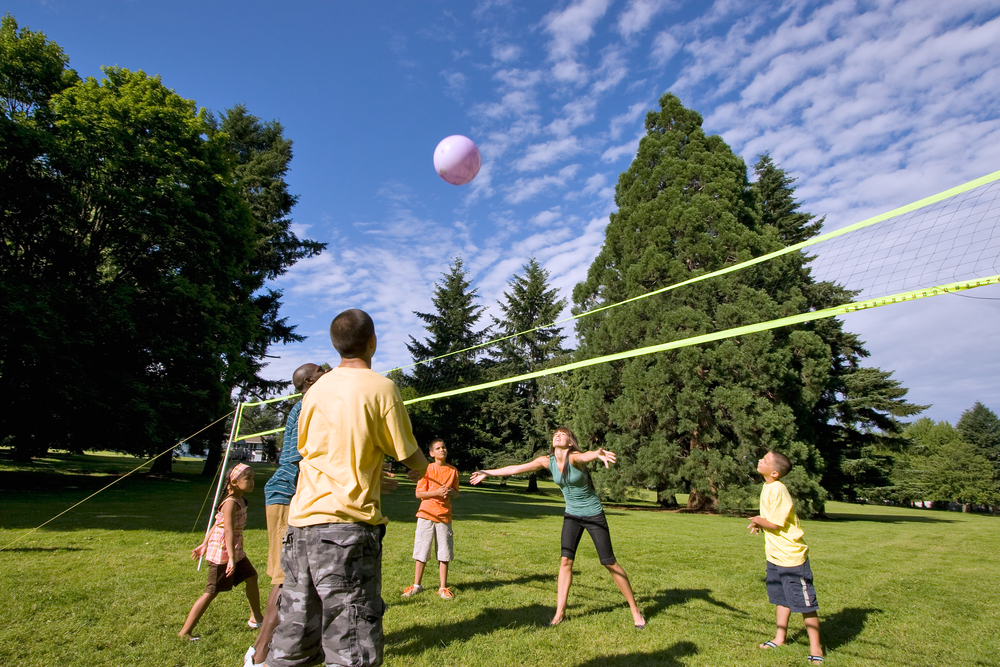
No comments:
Post a Comment